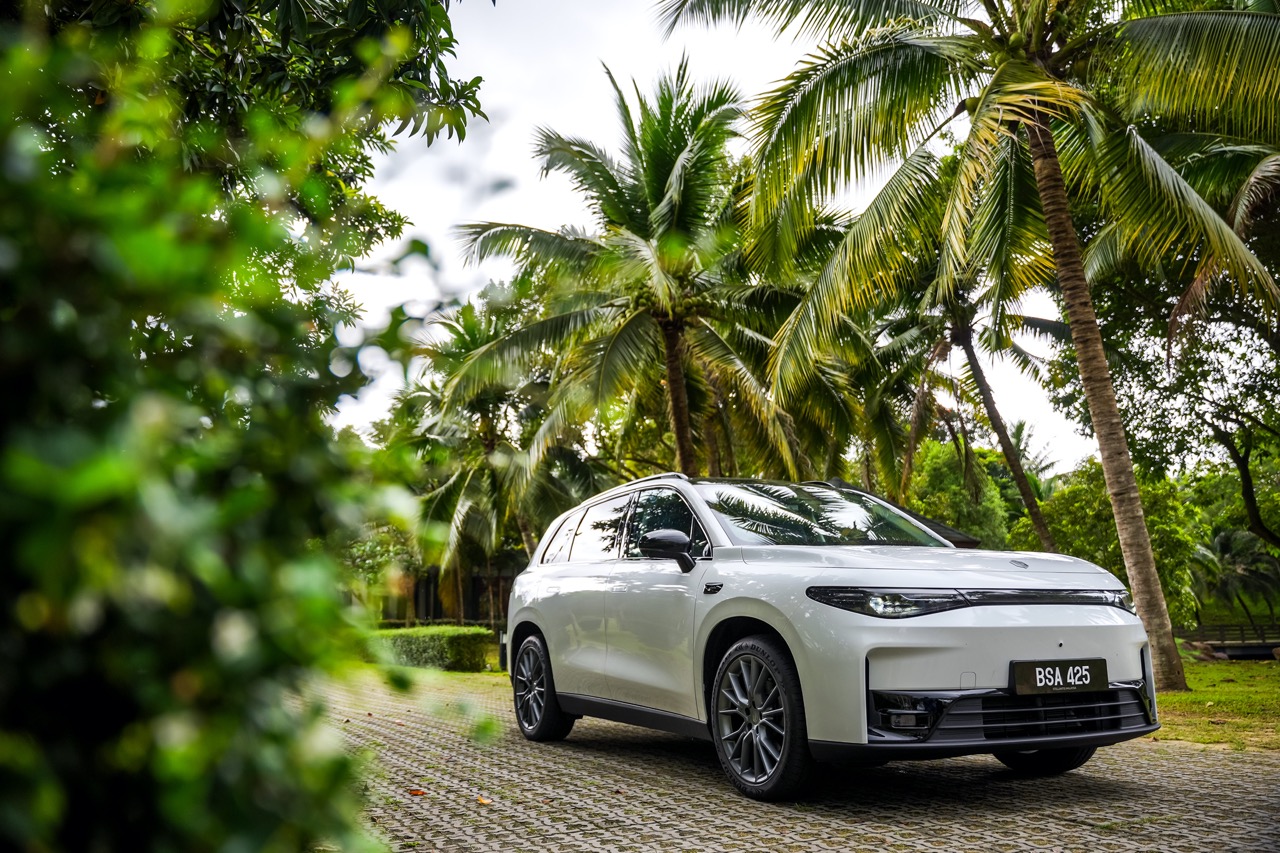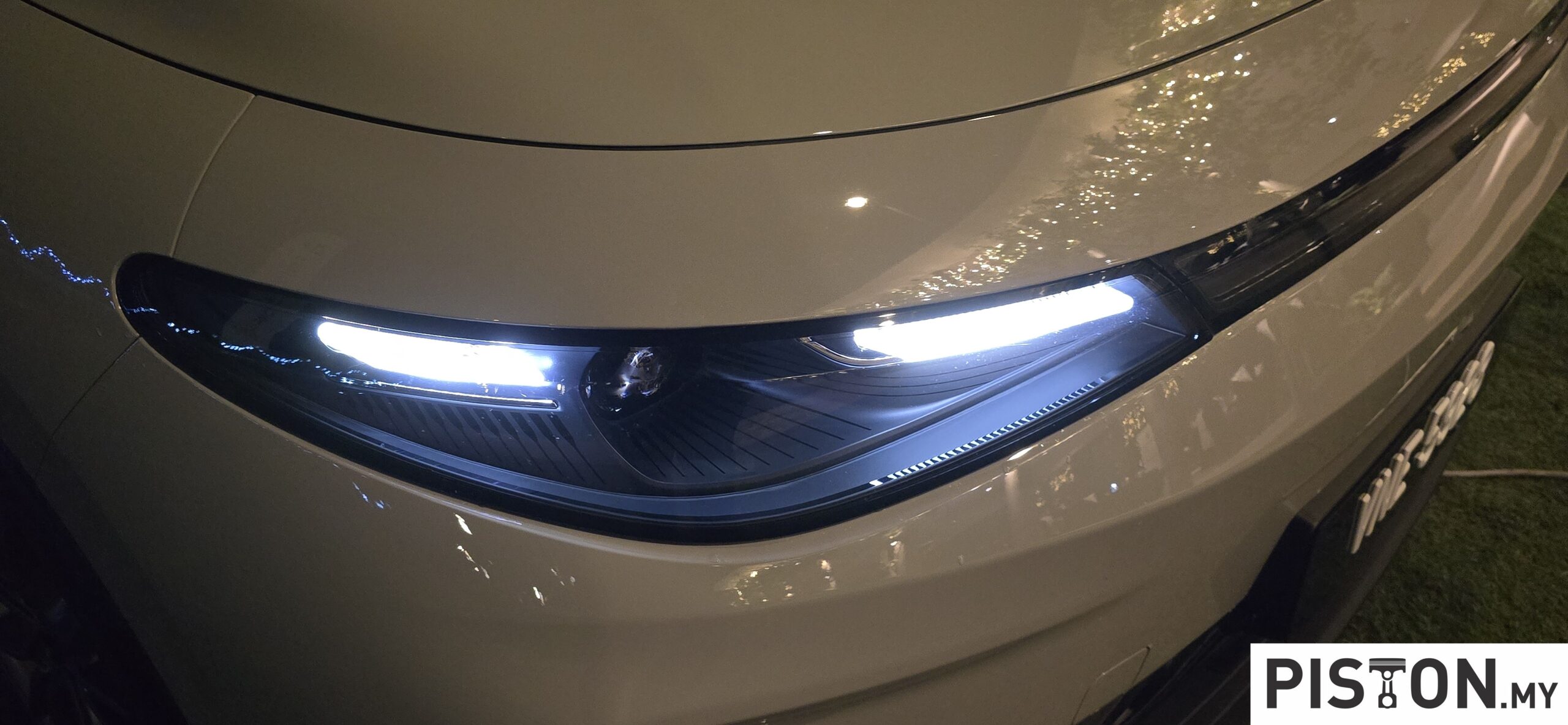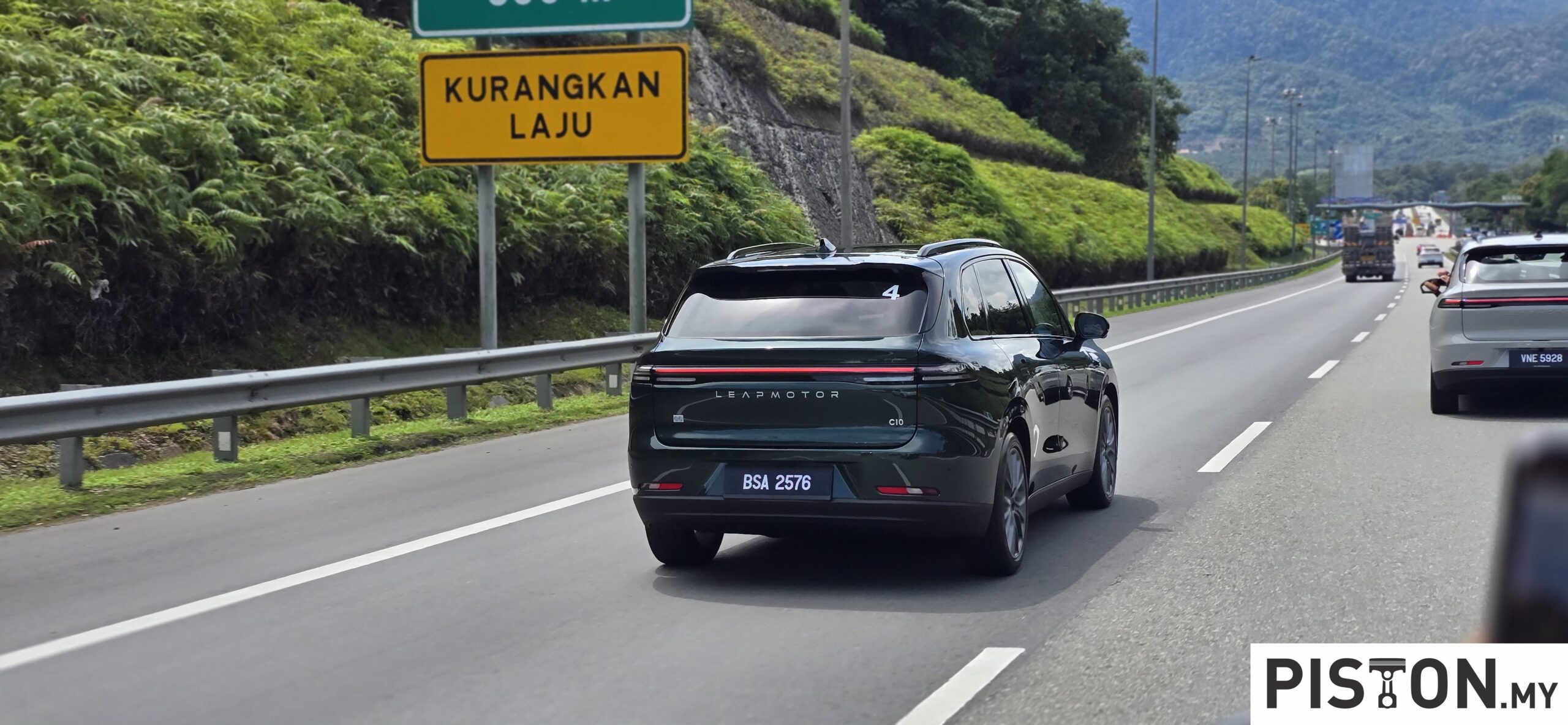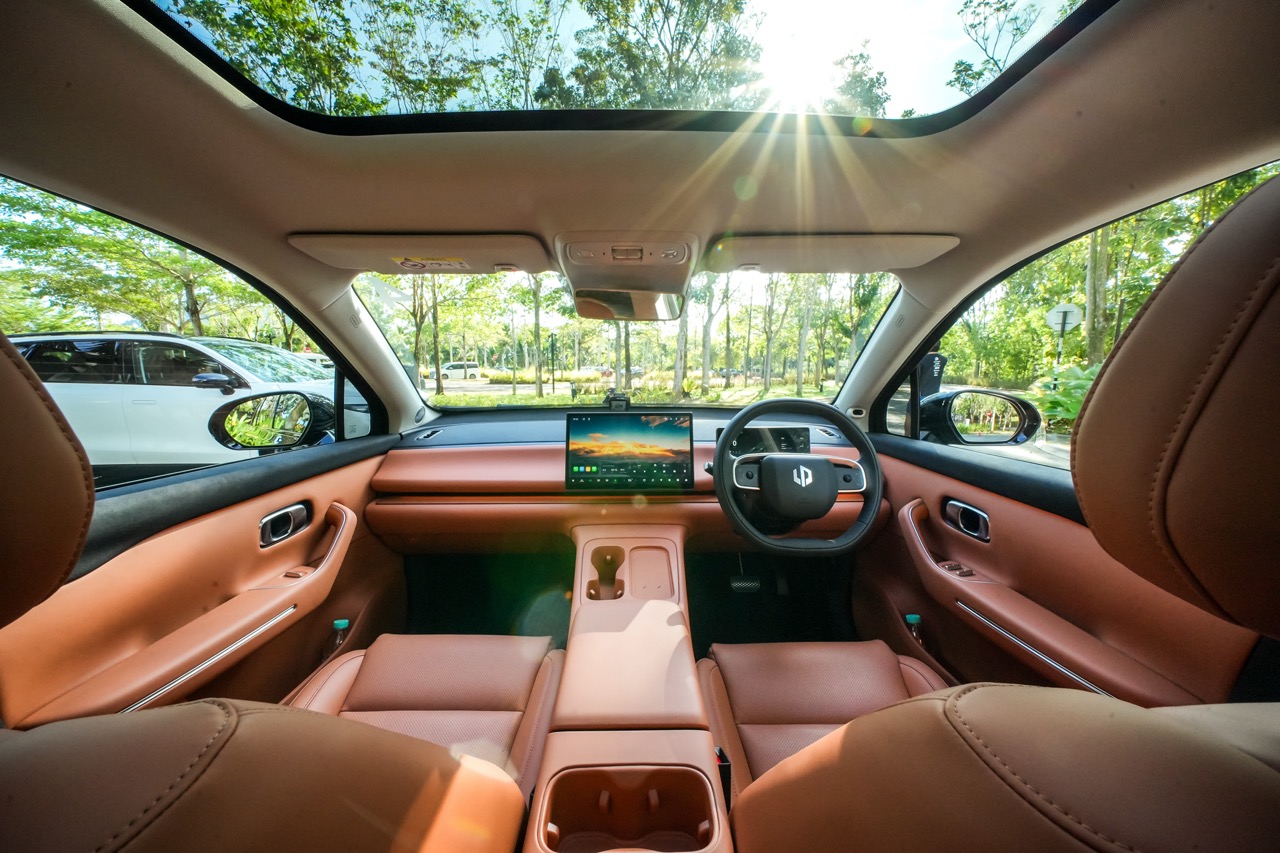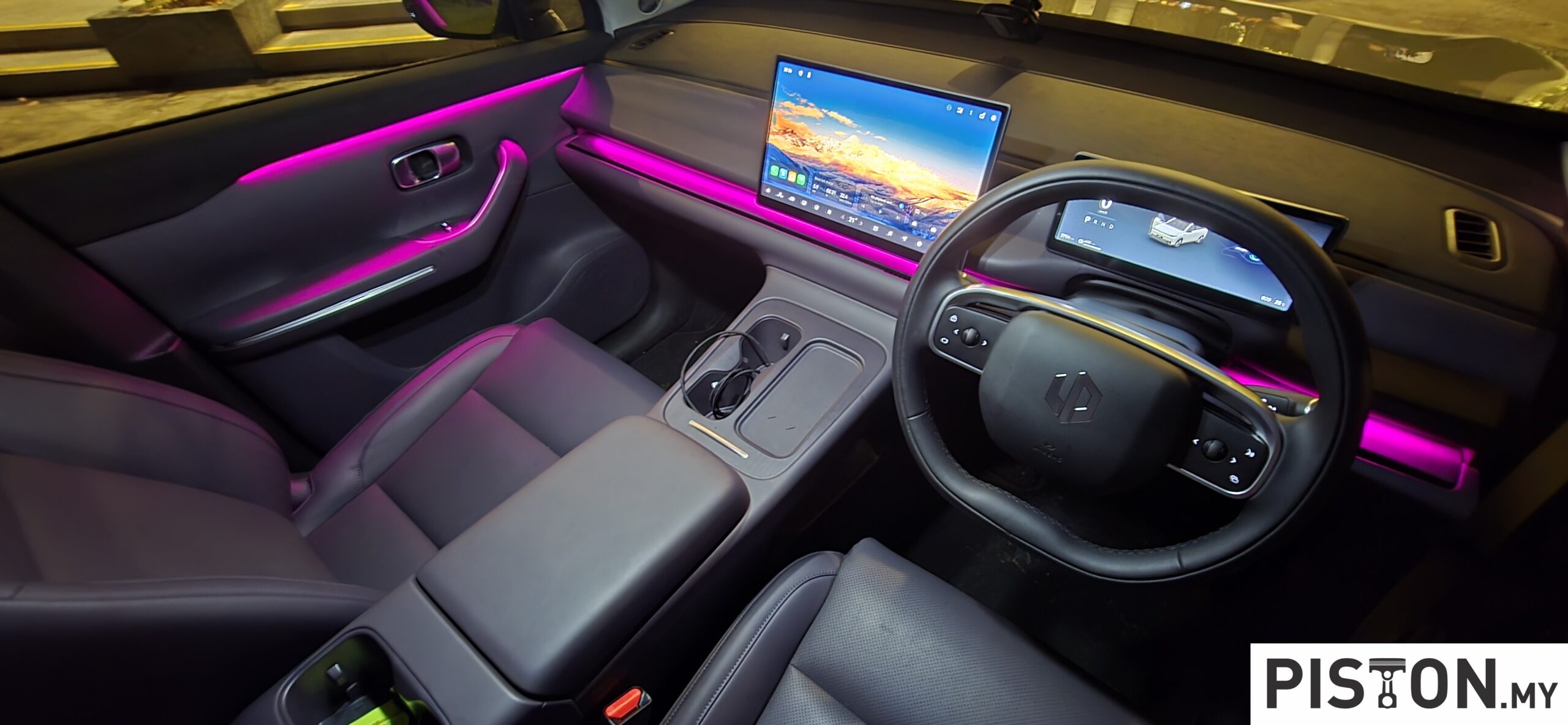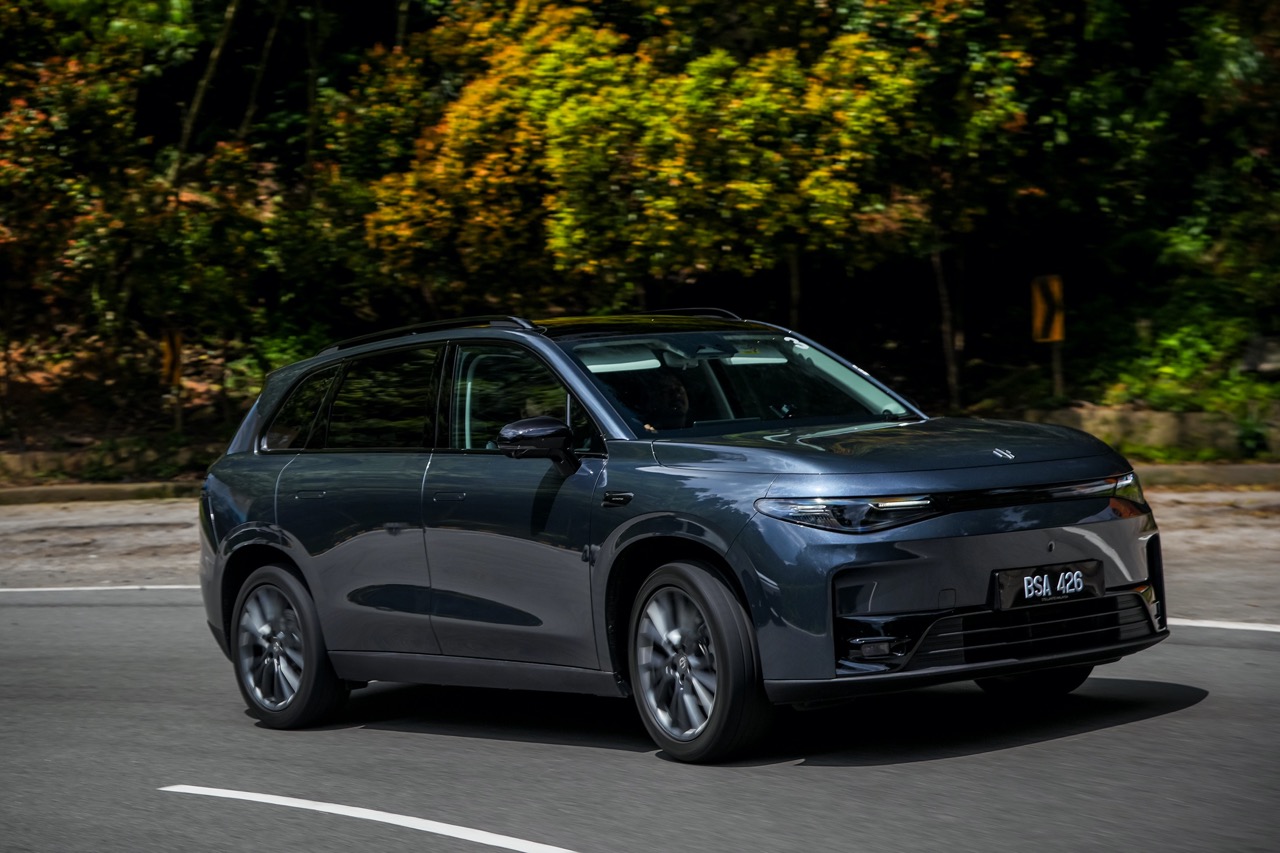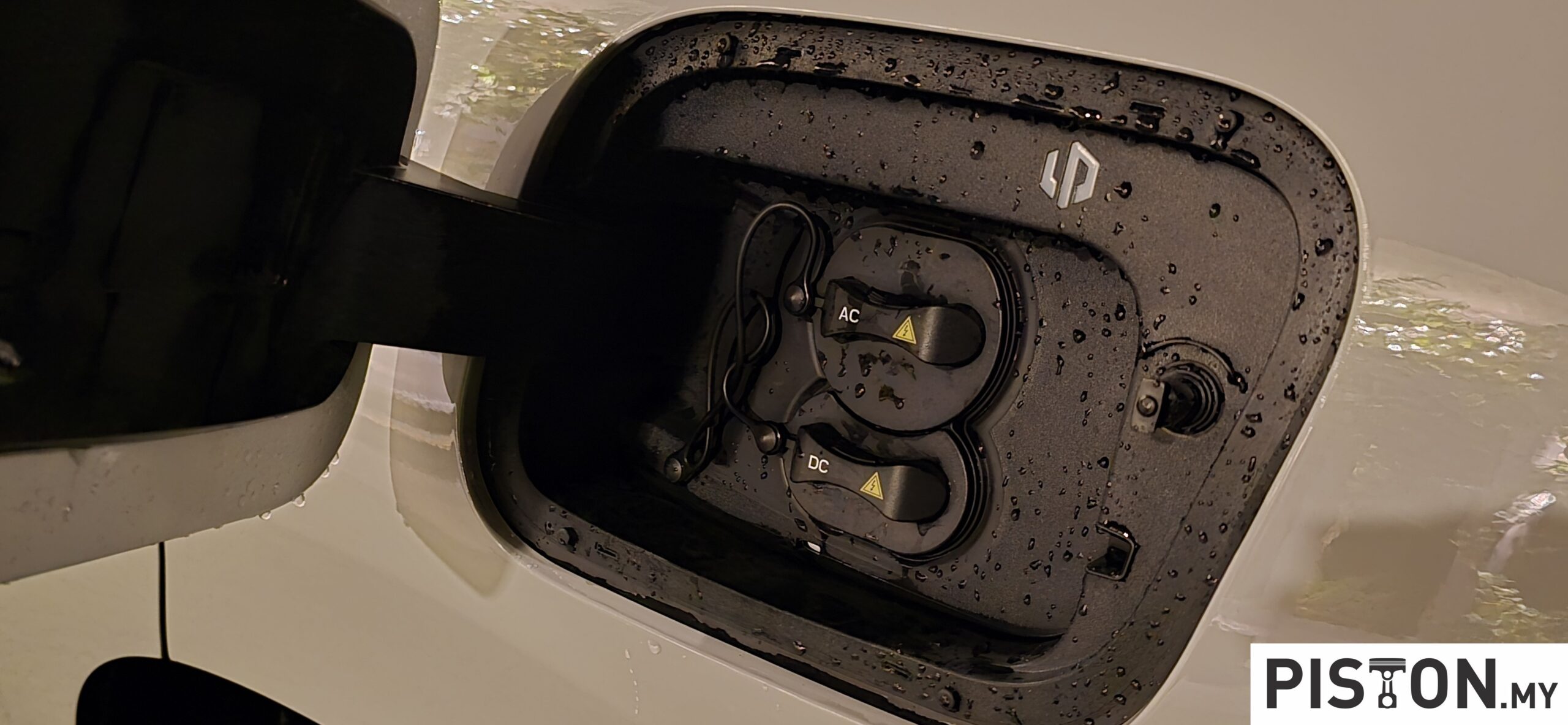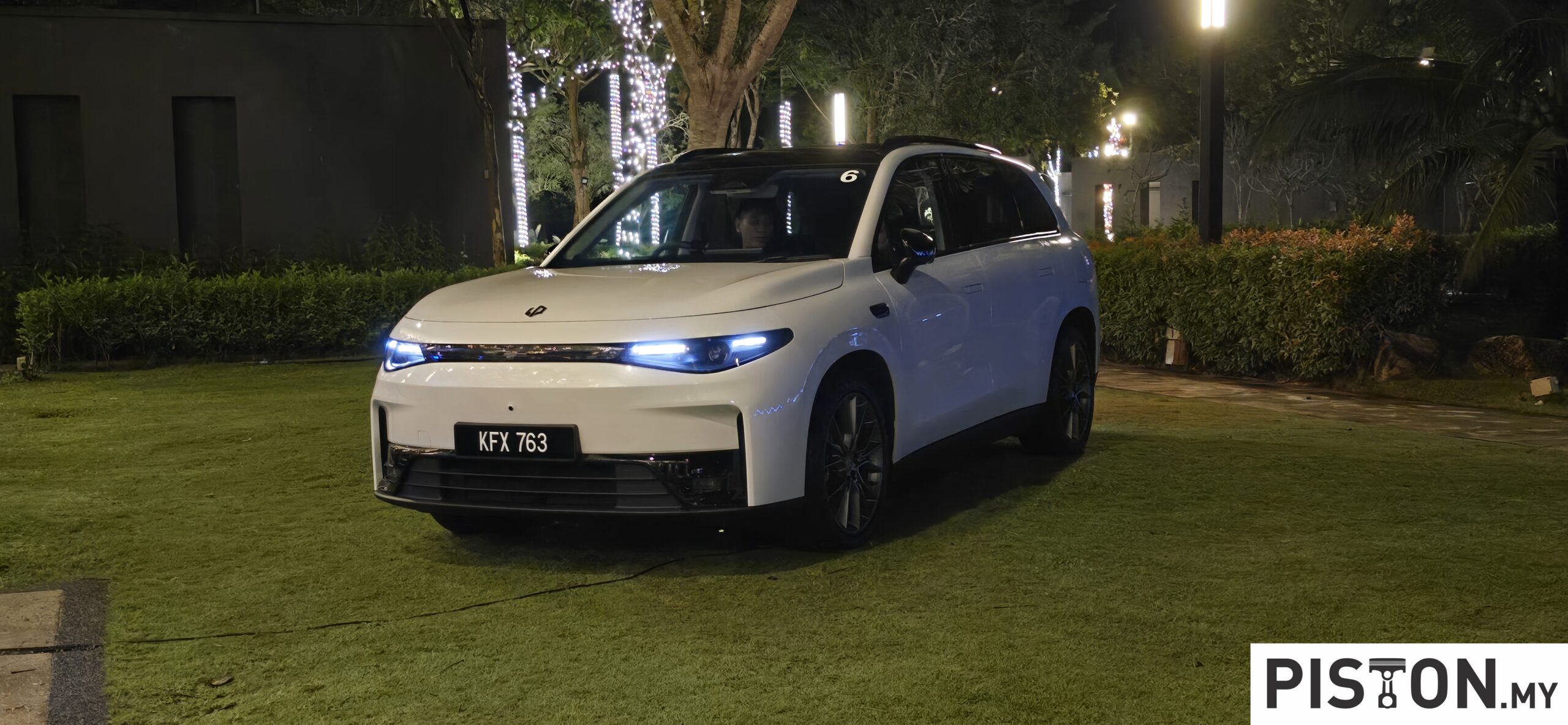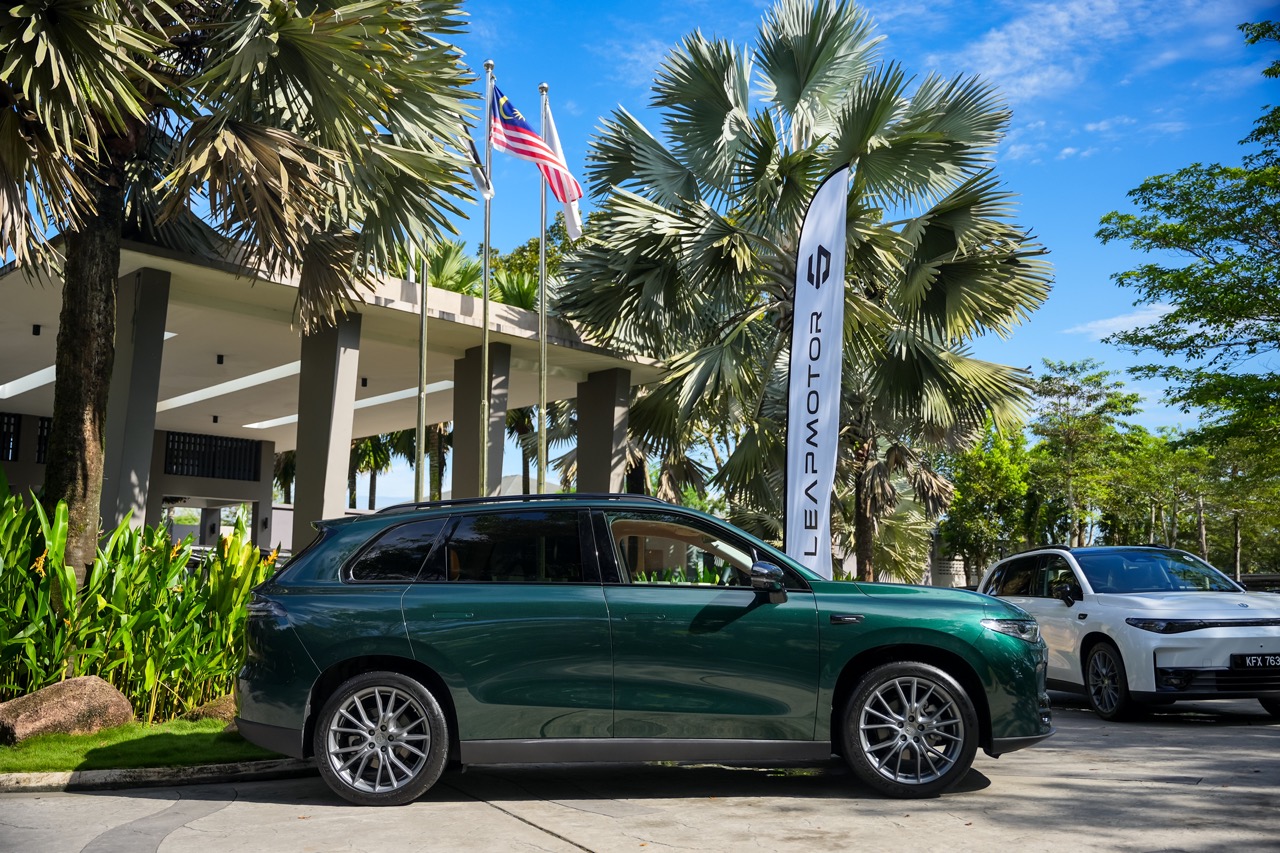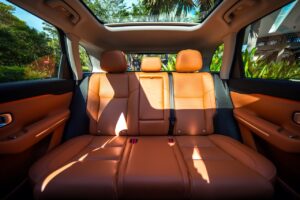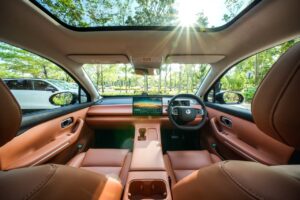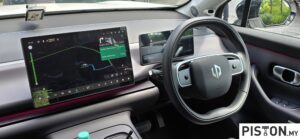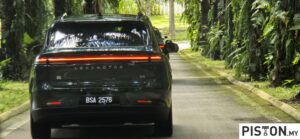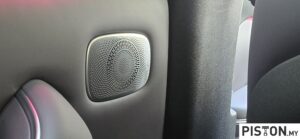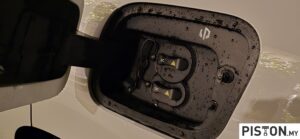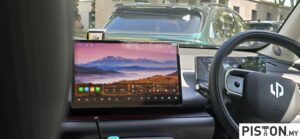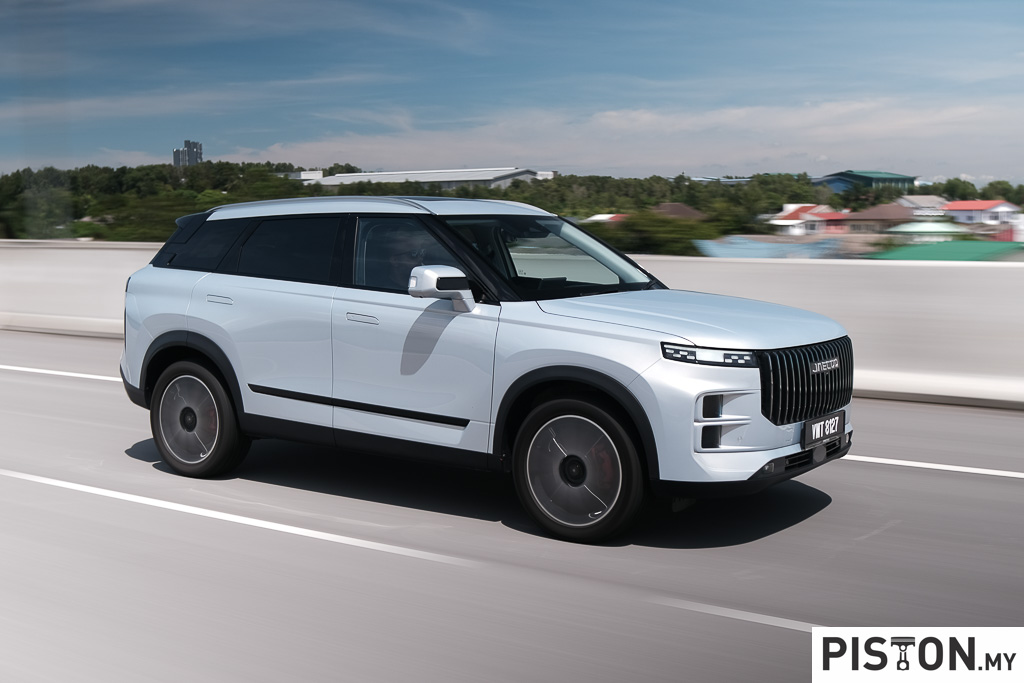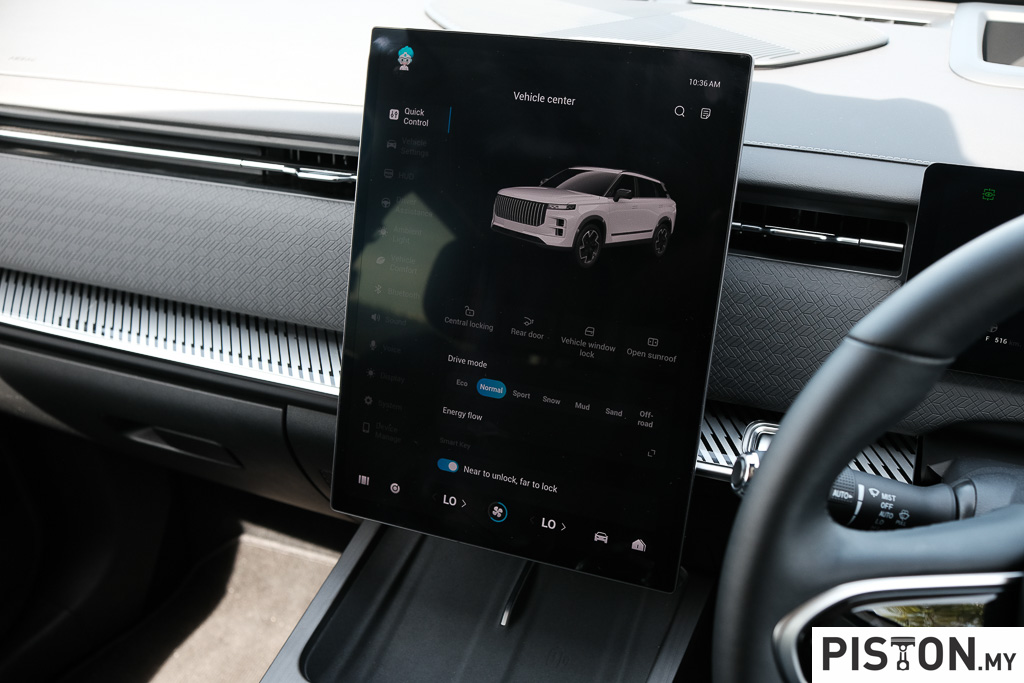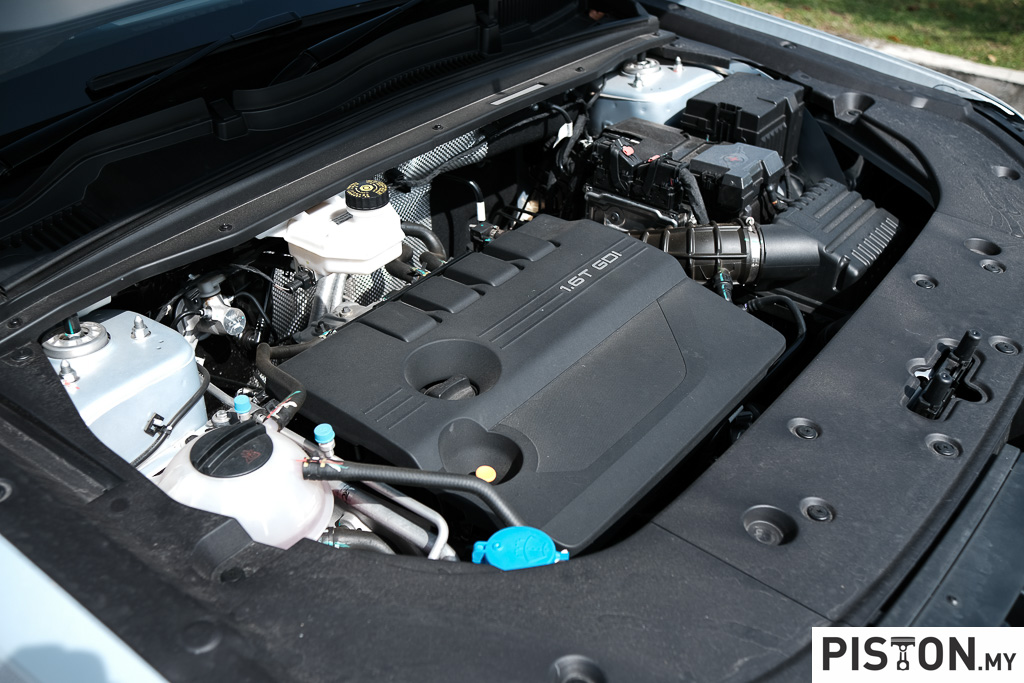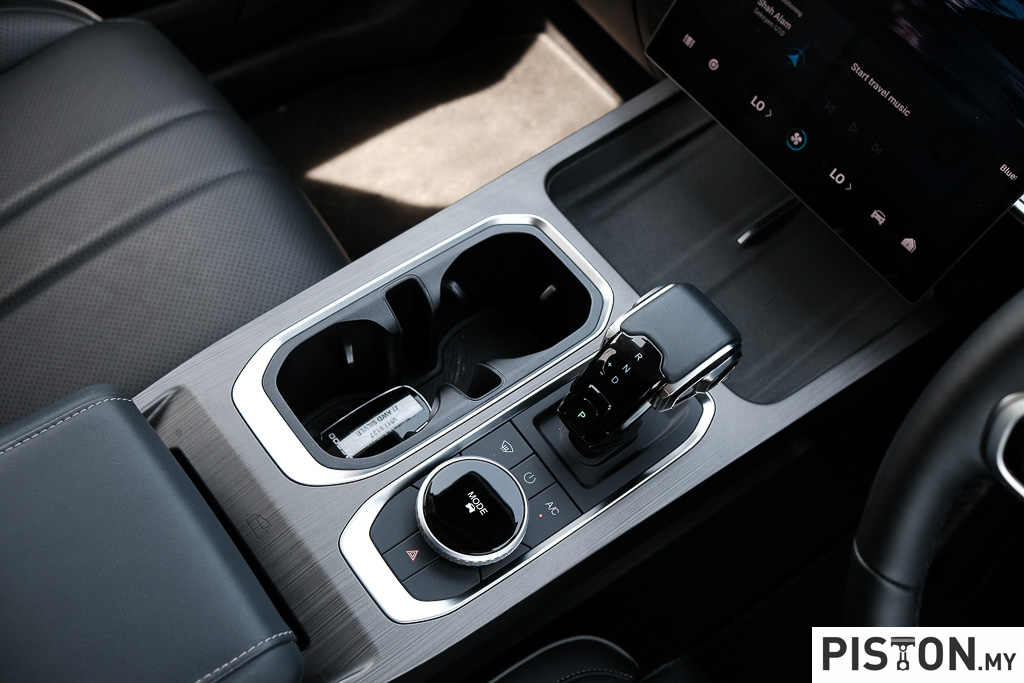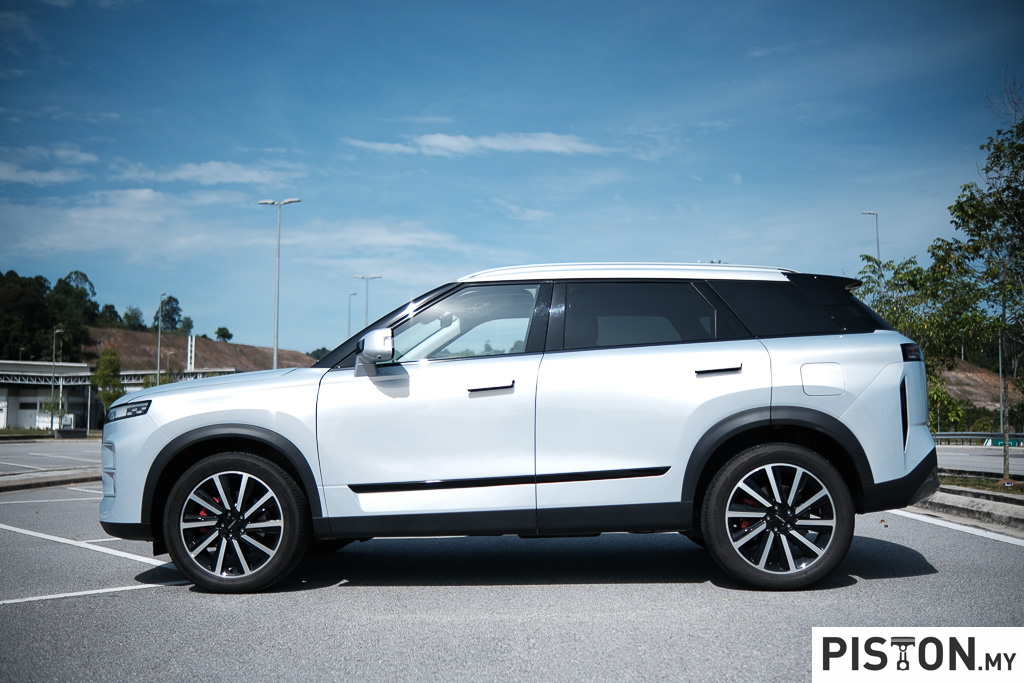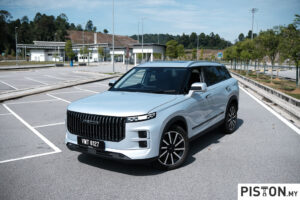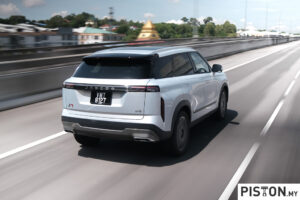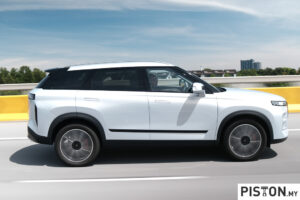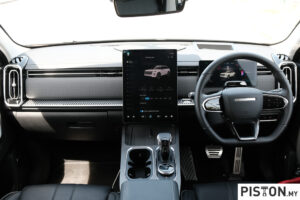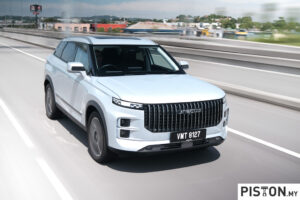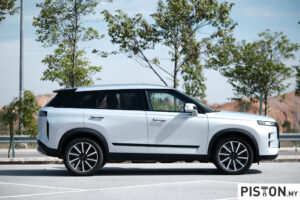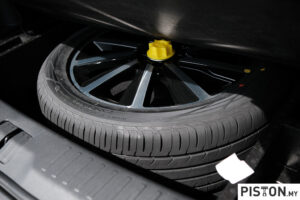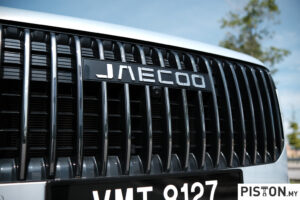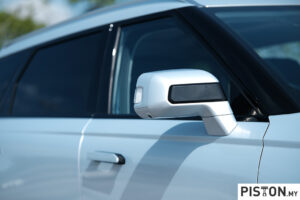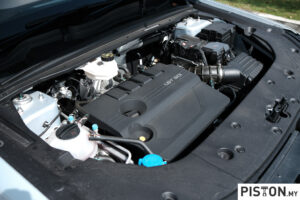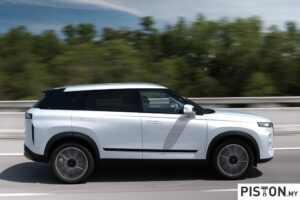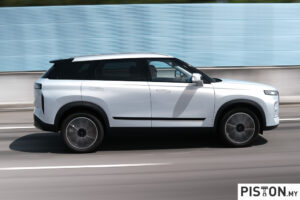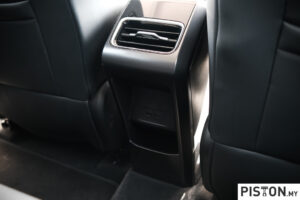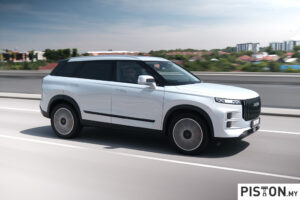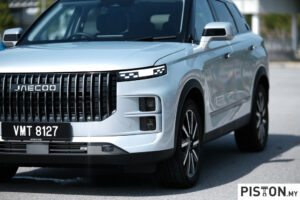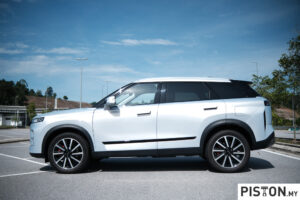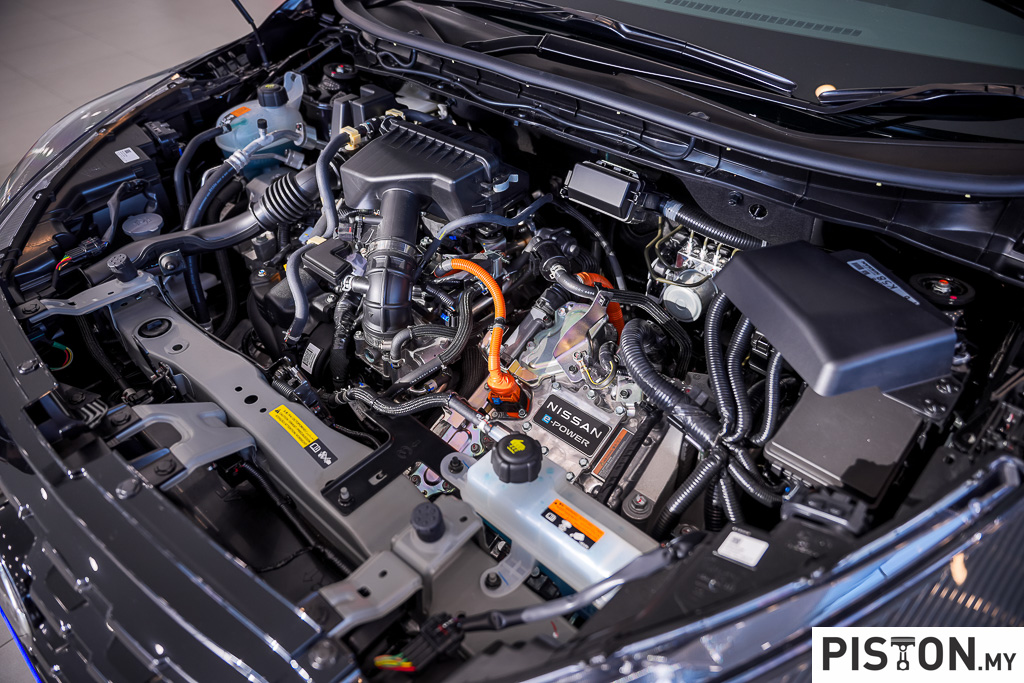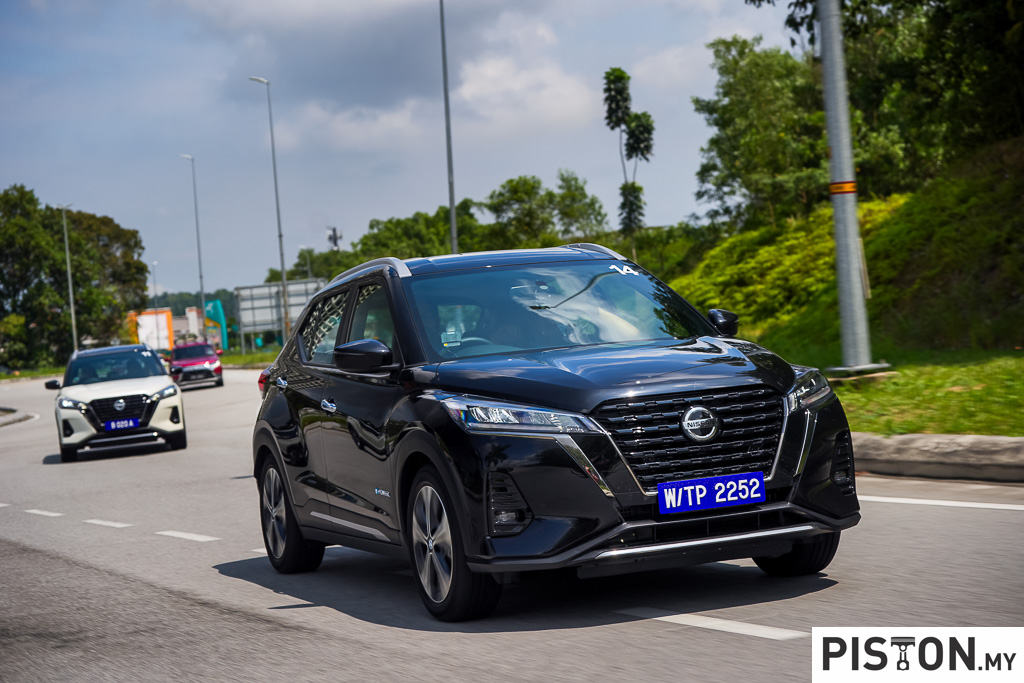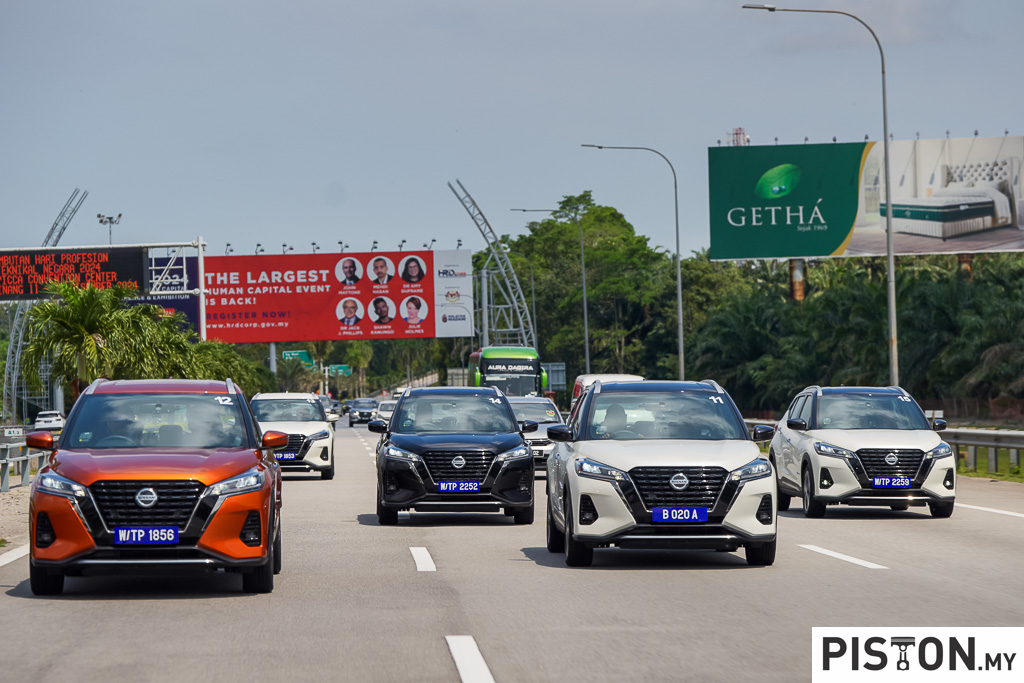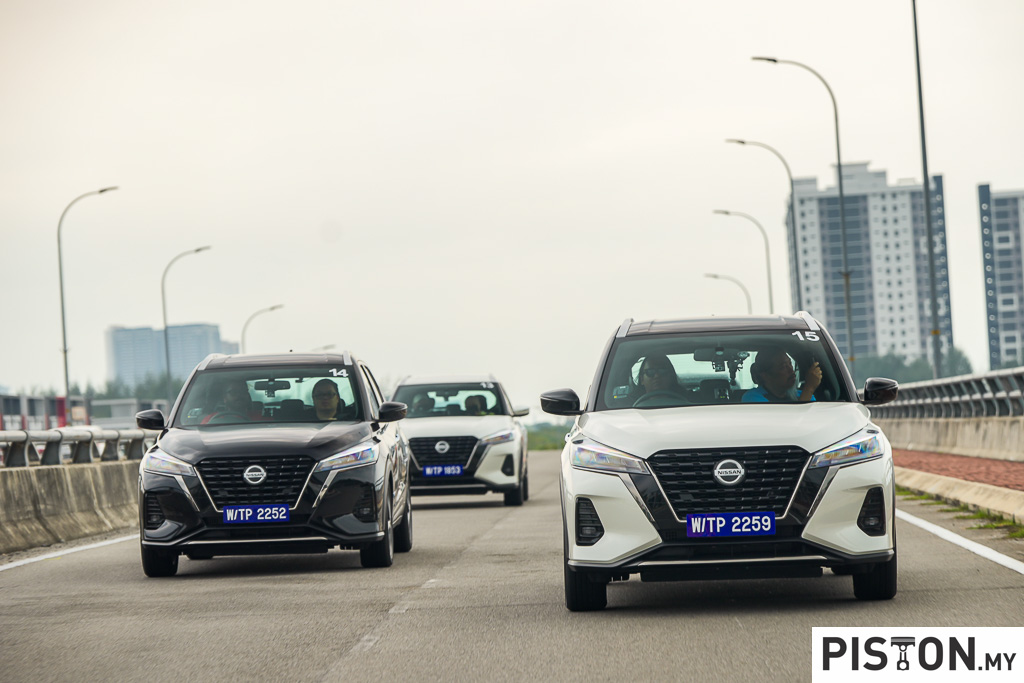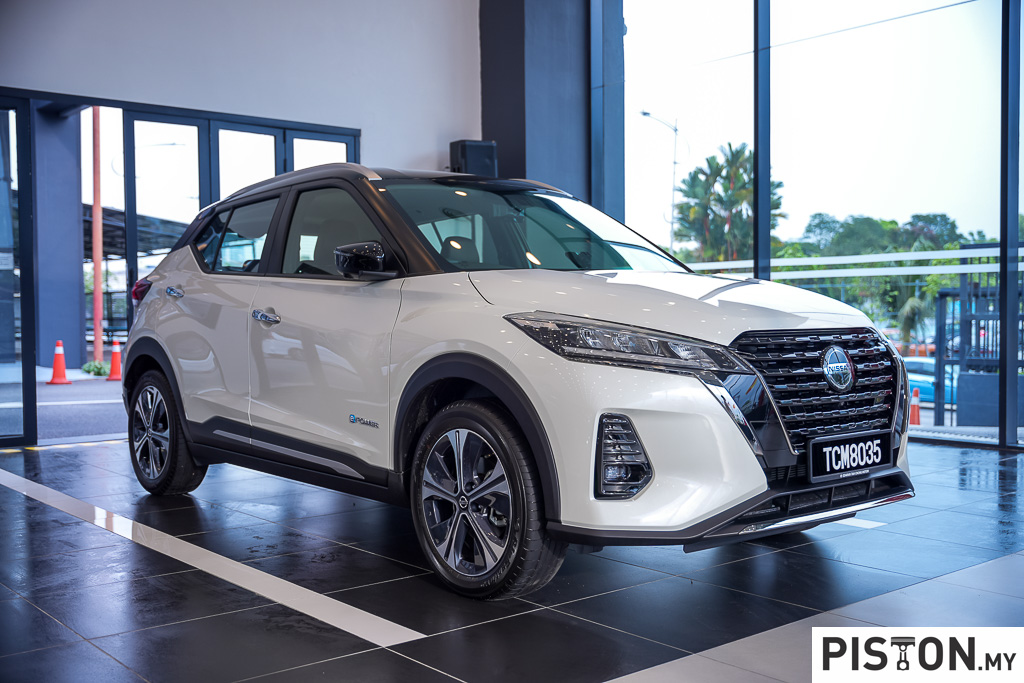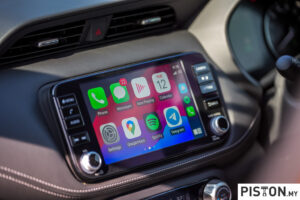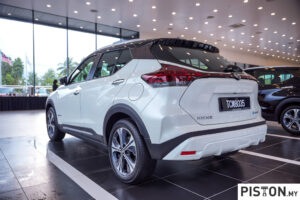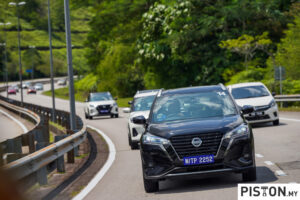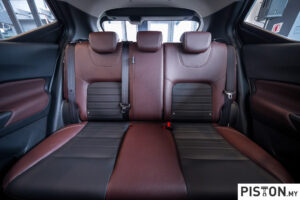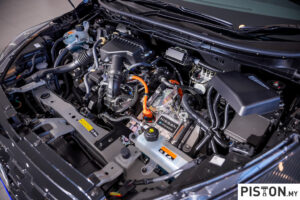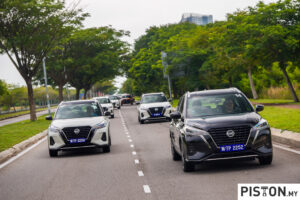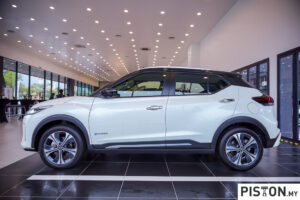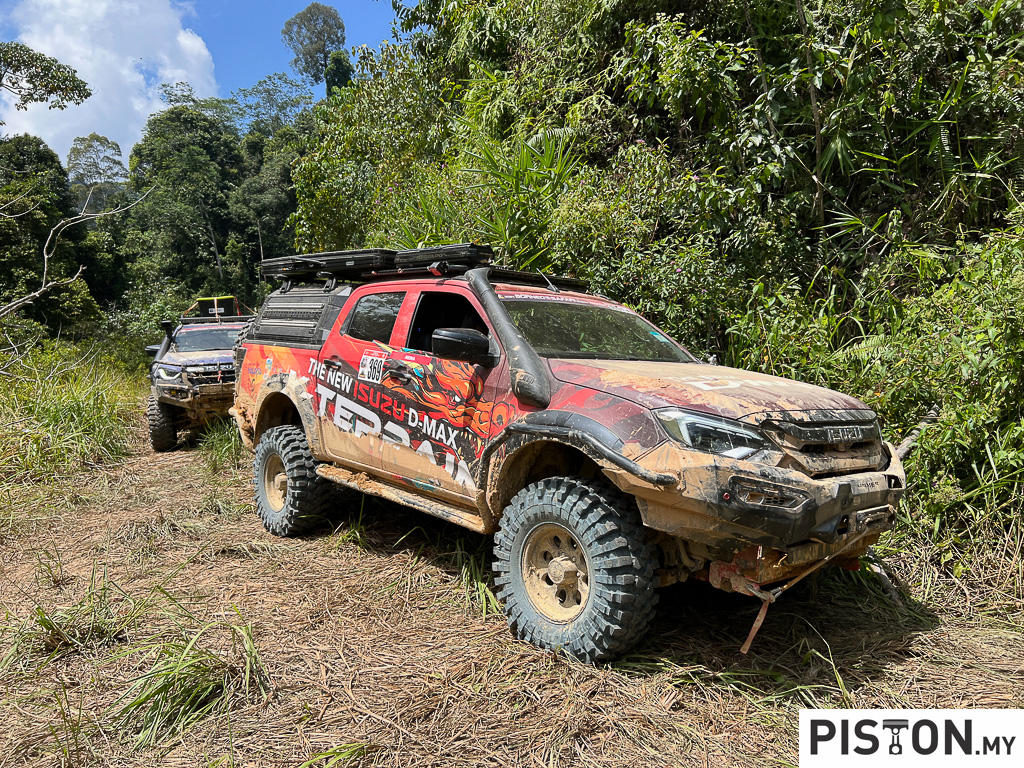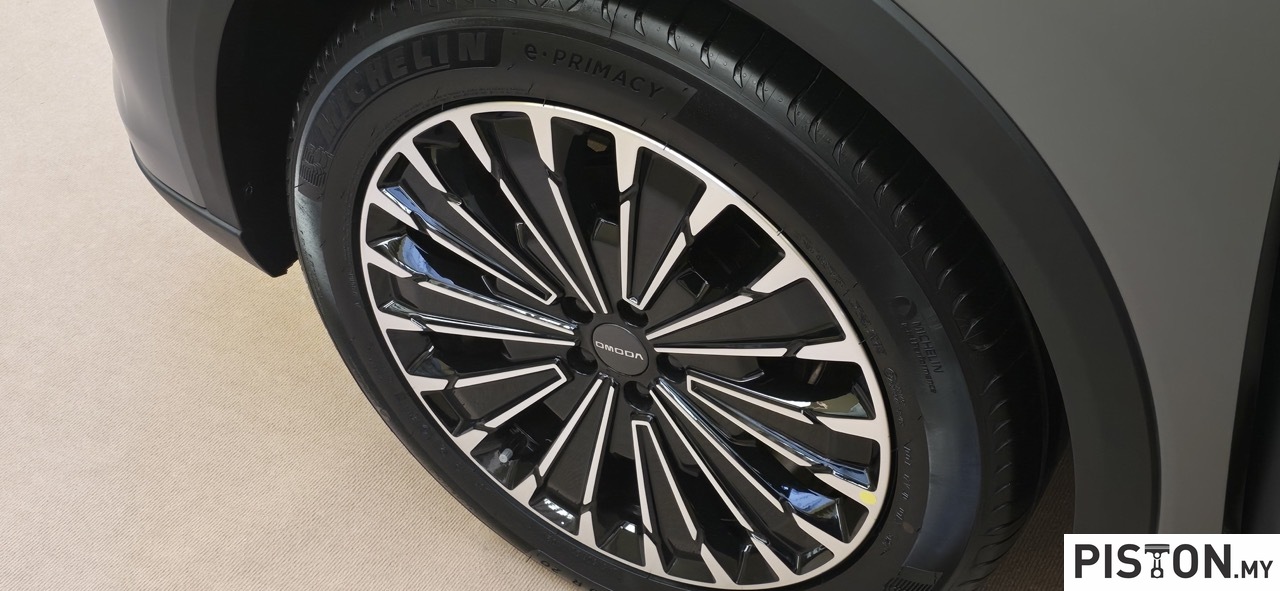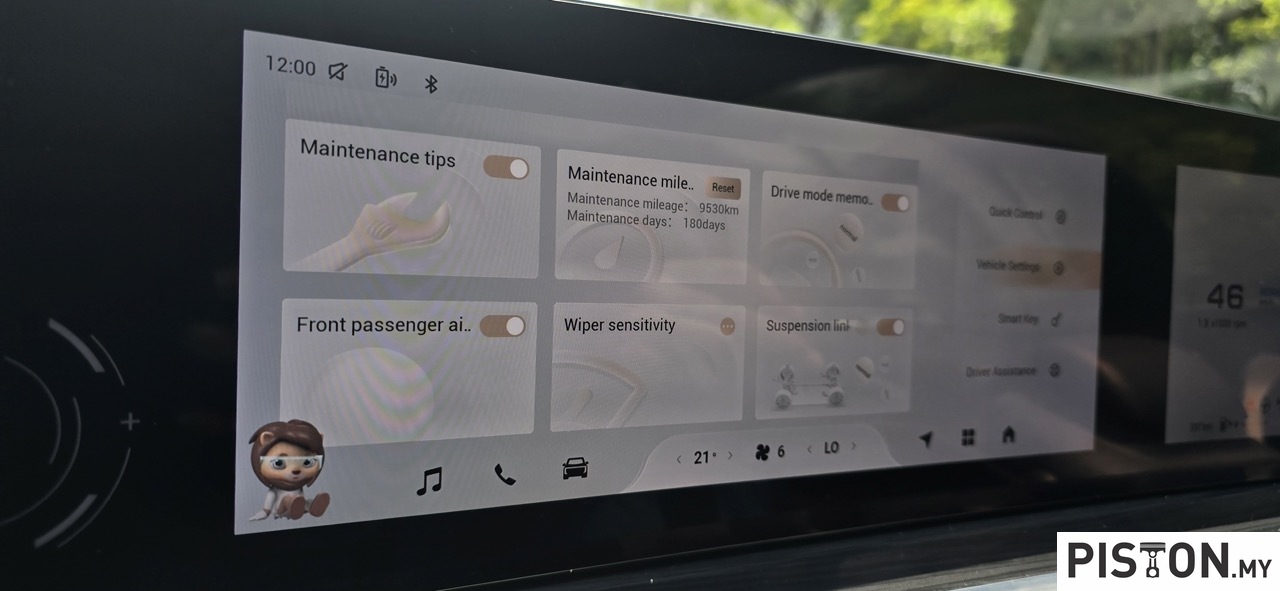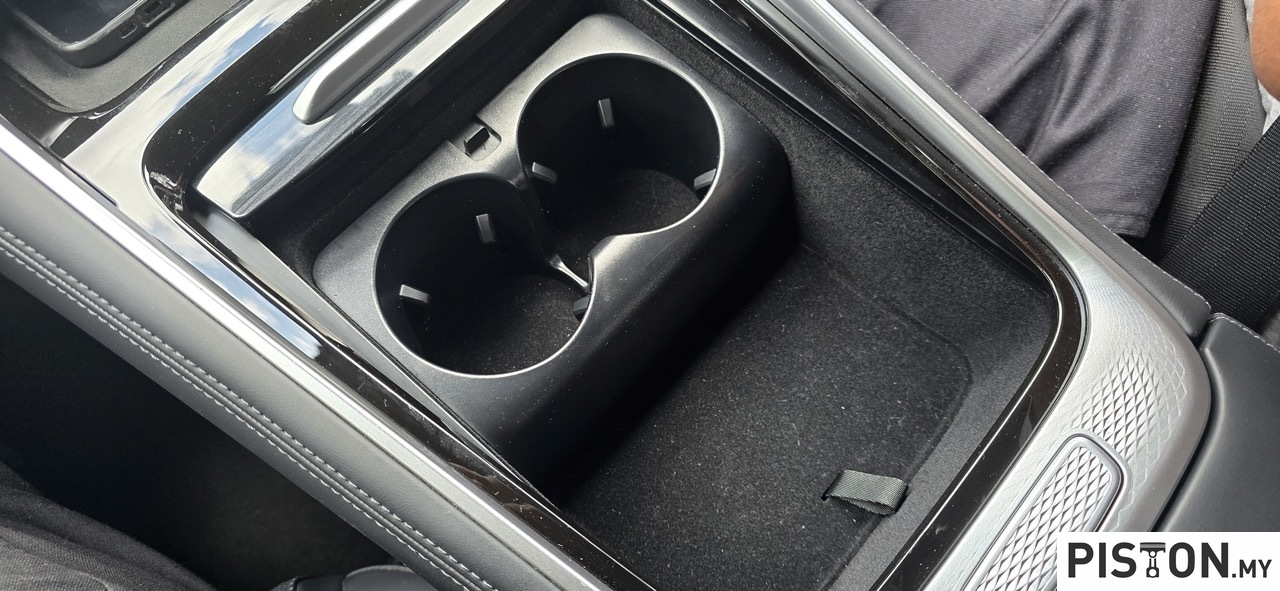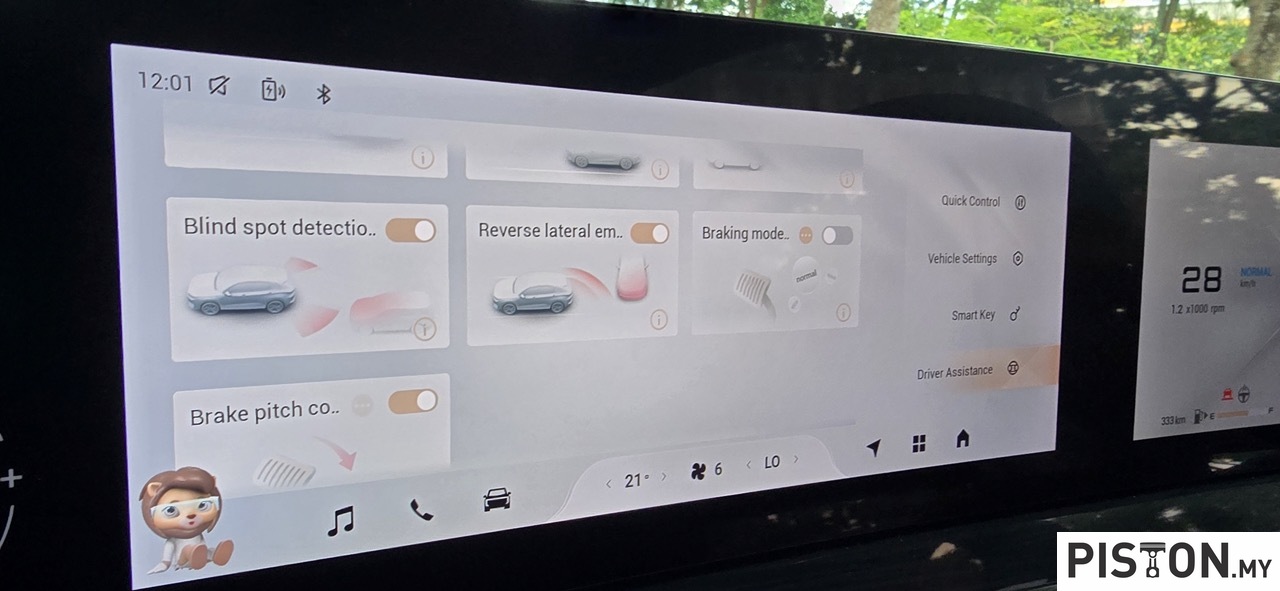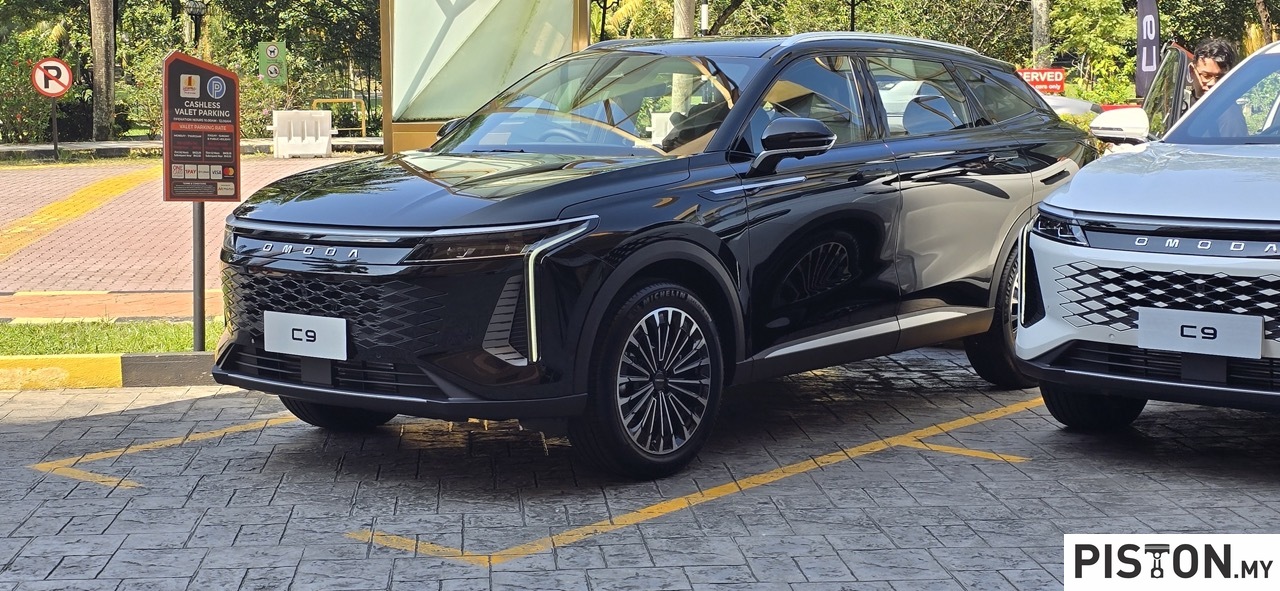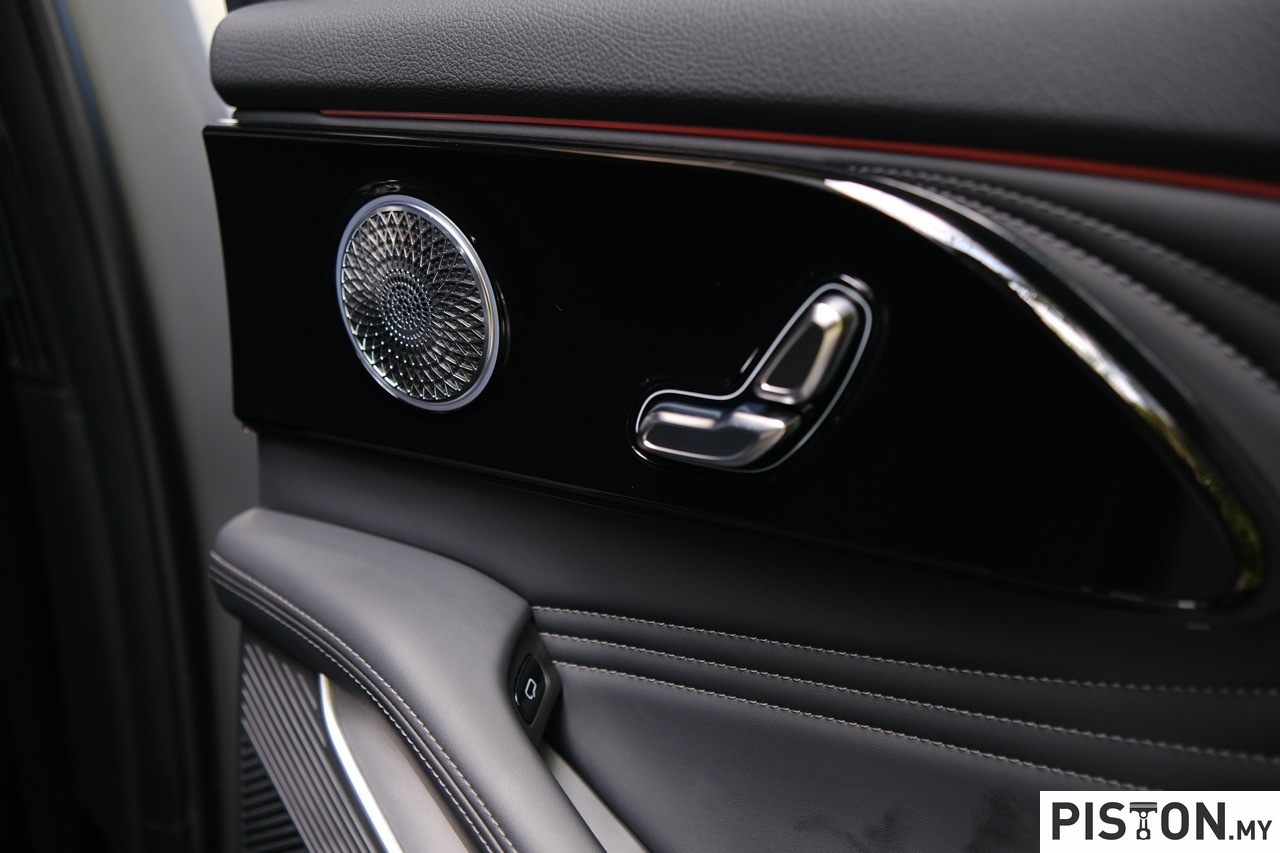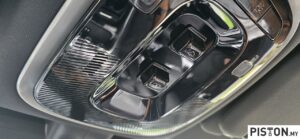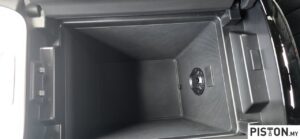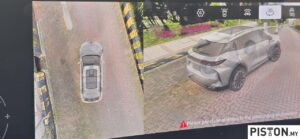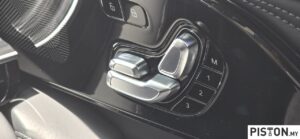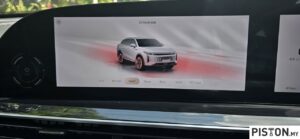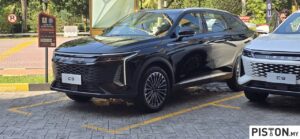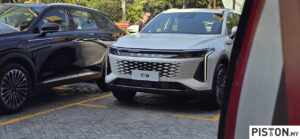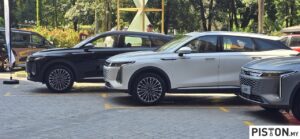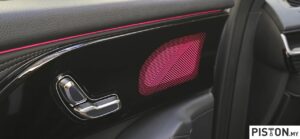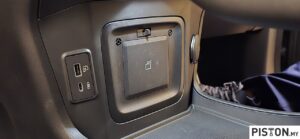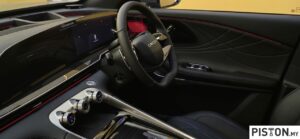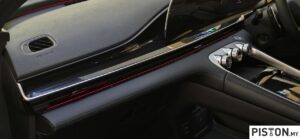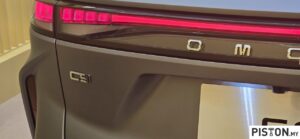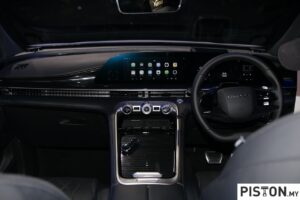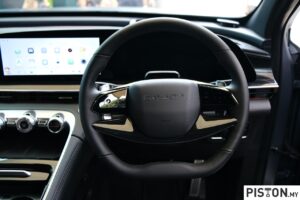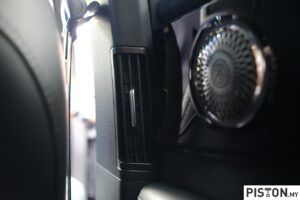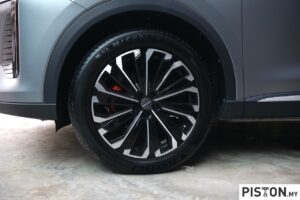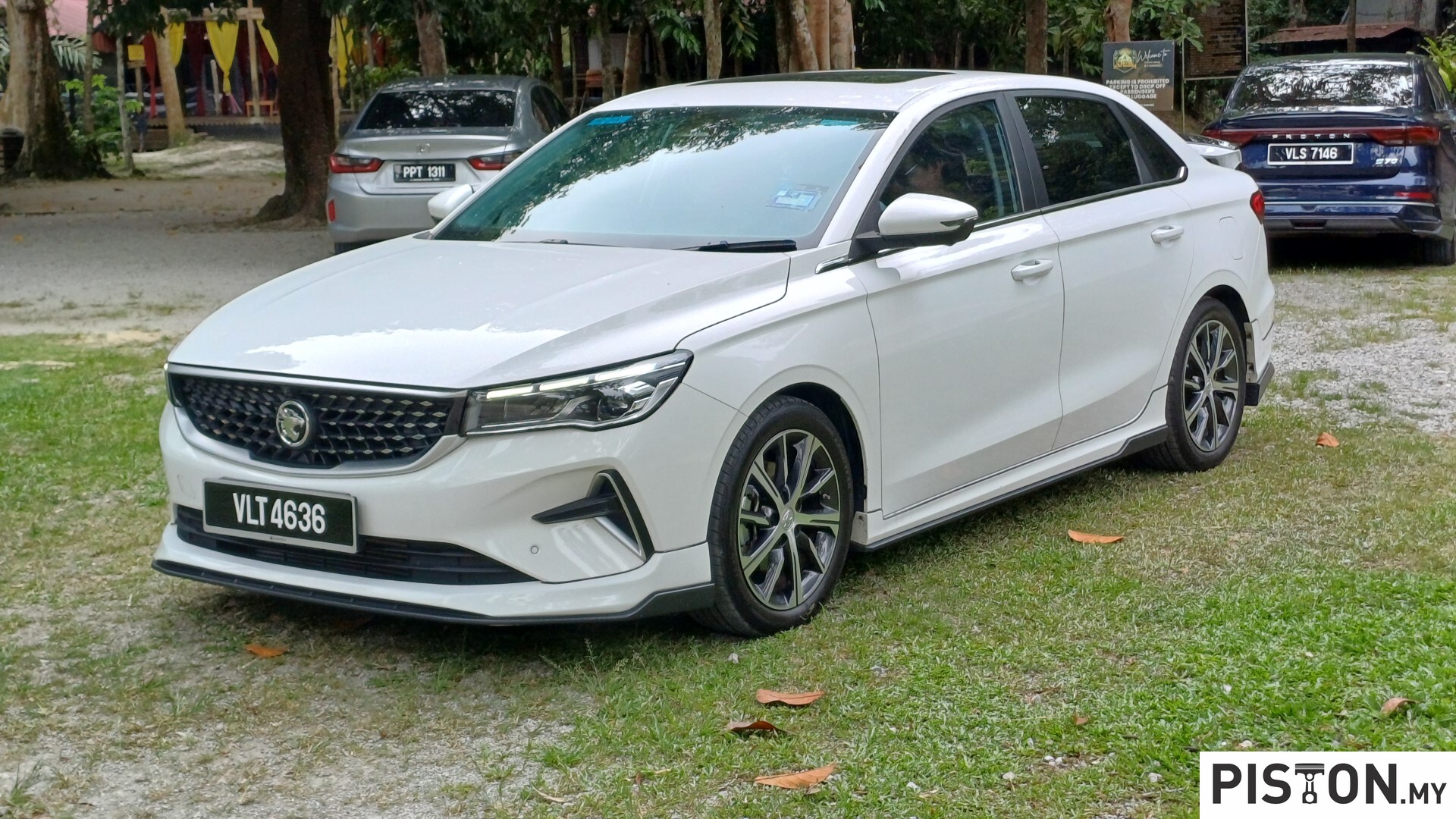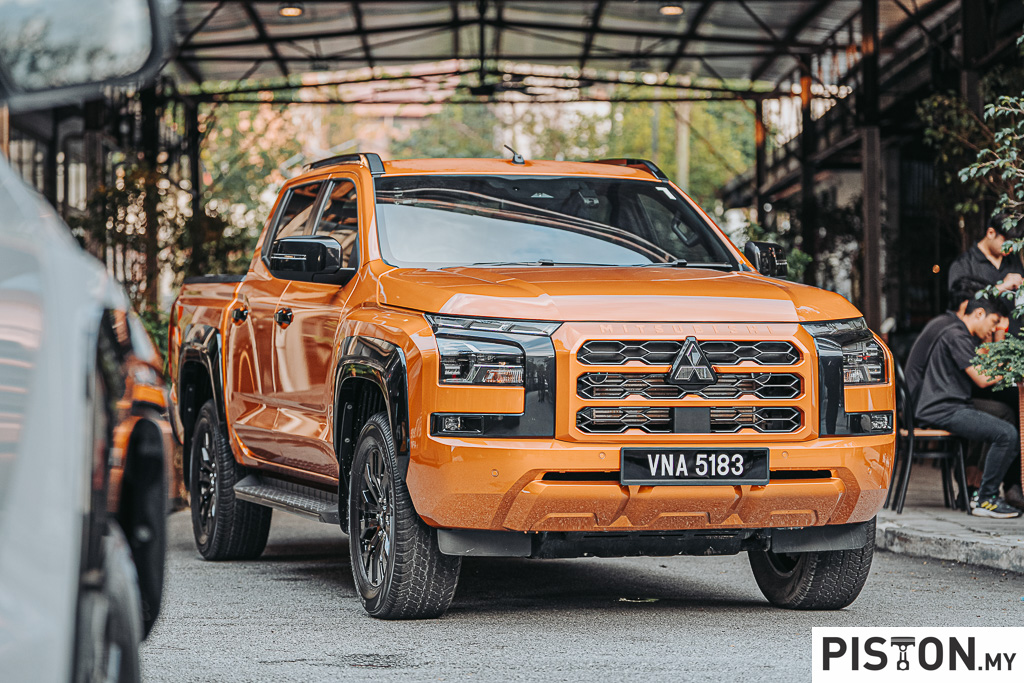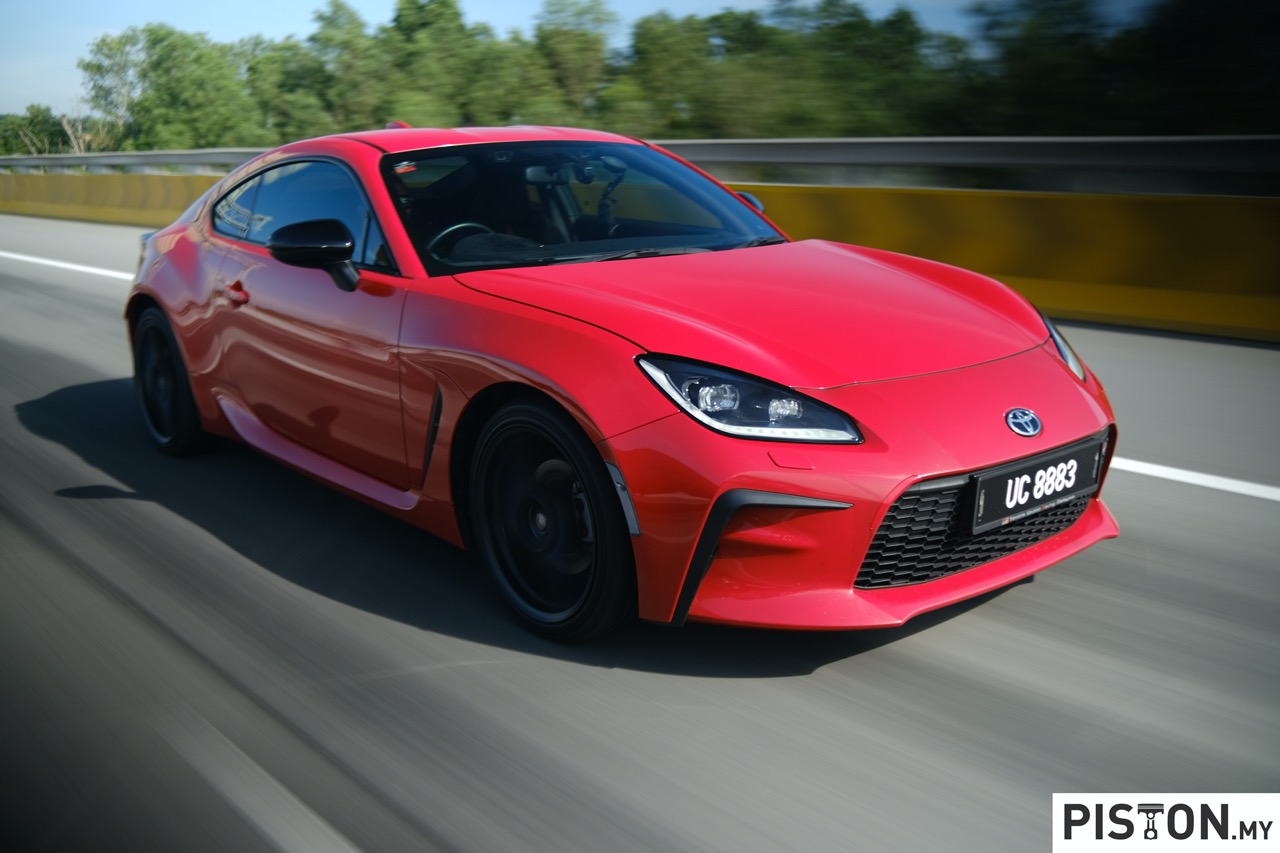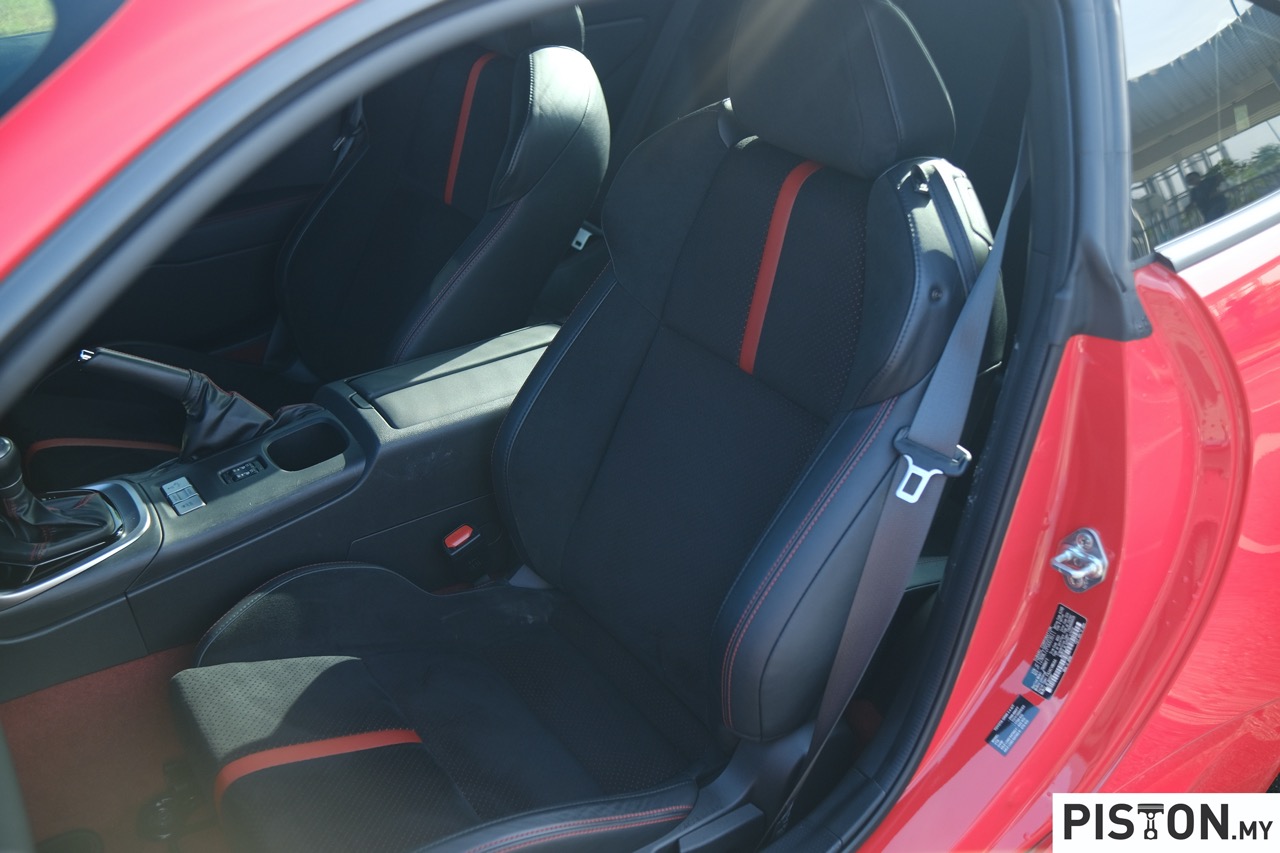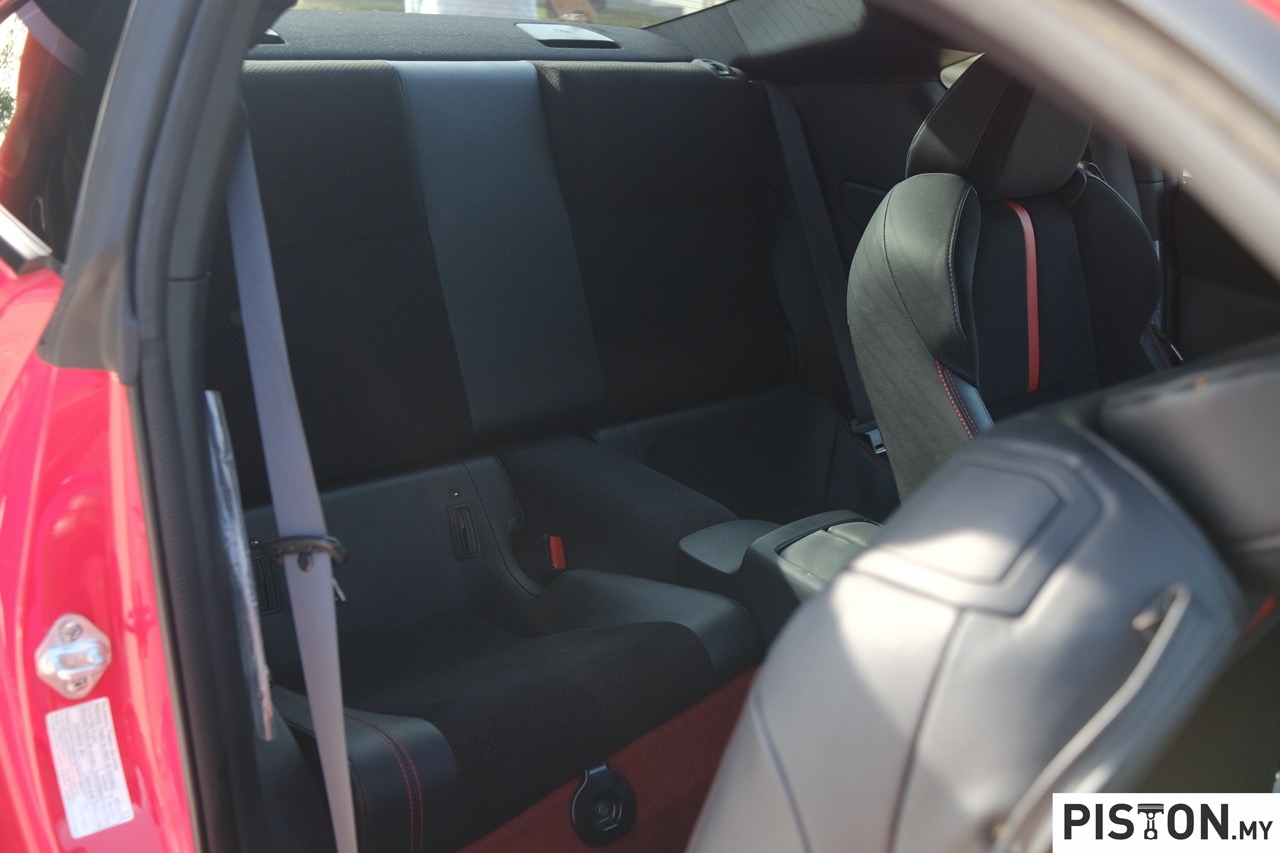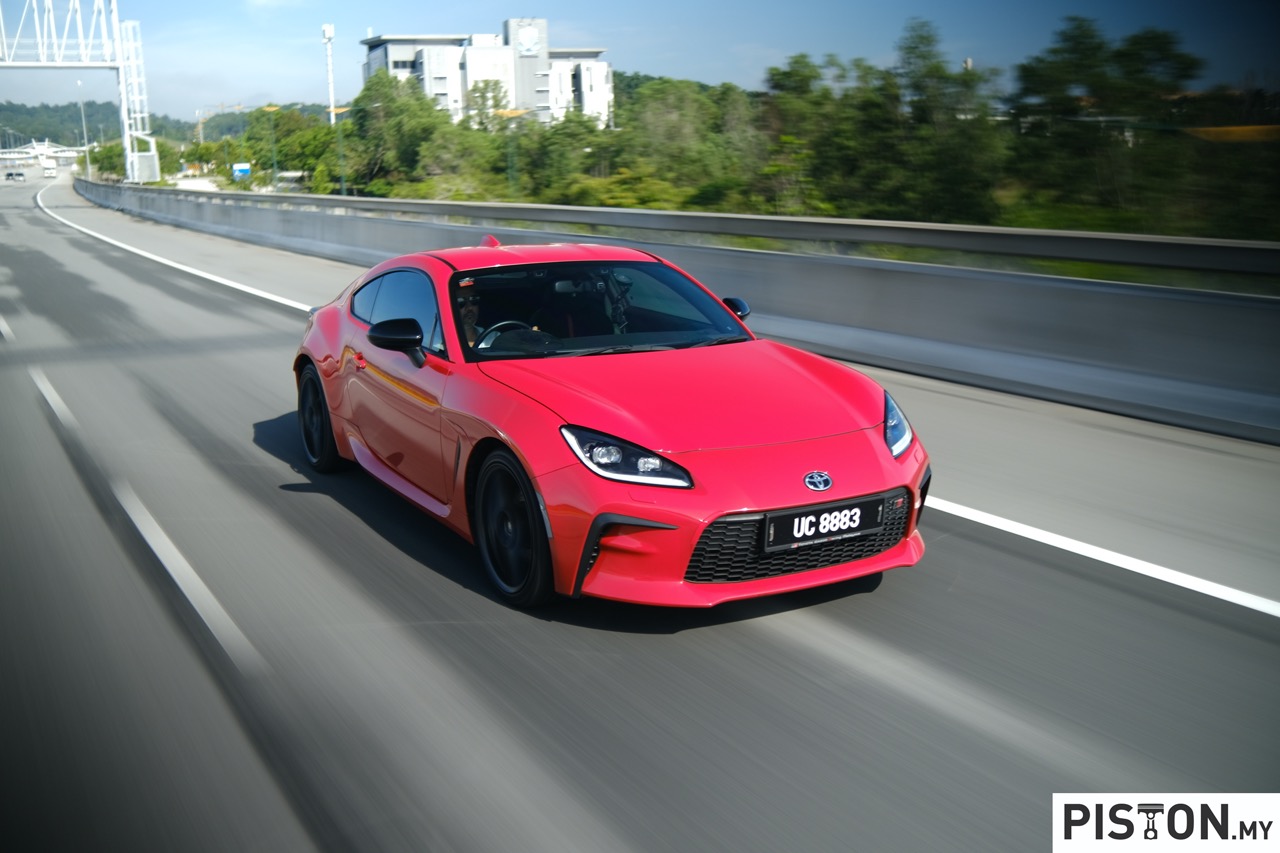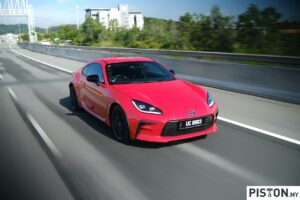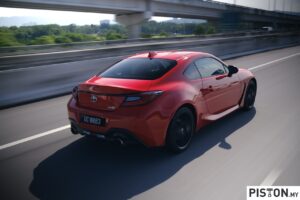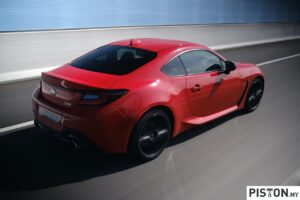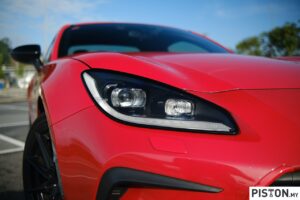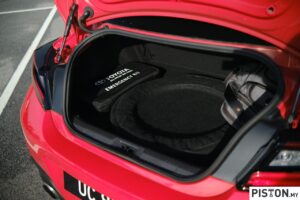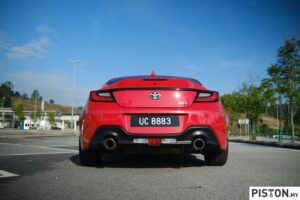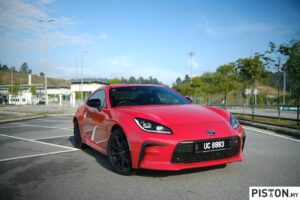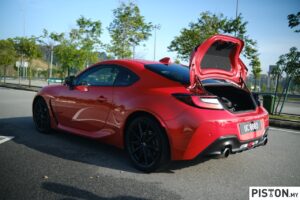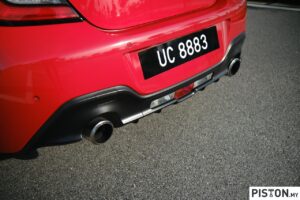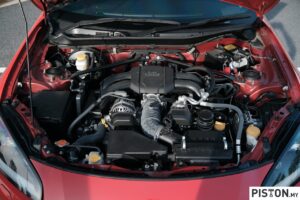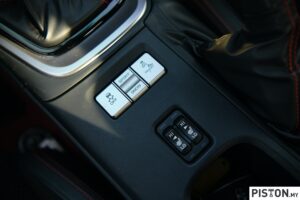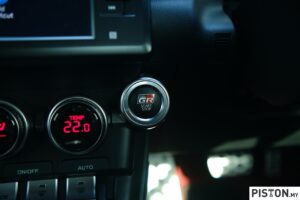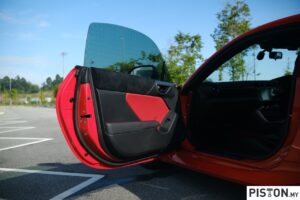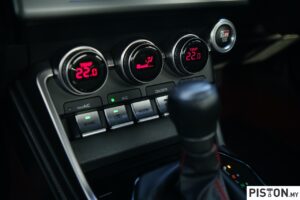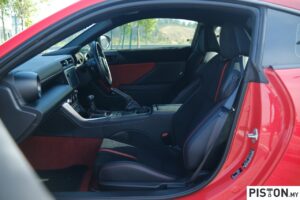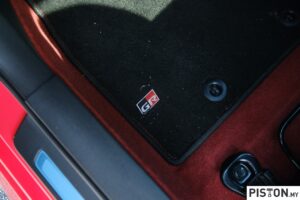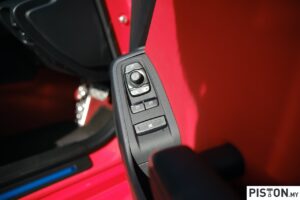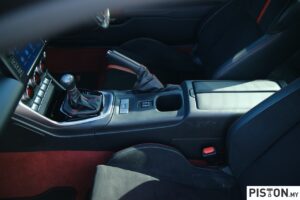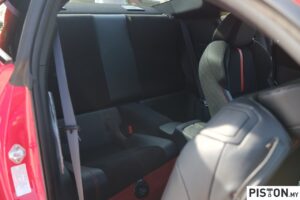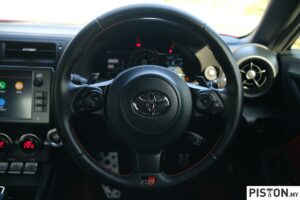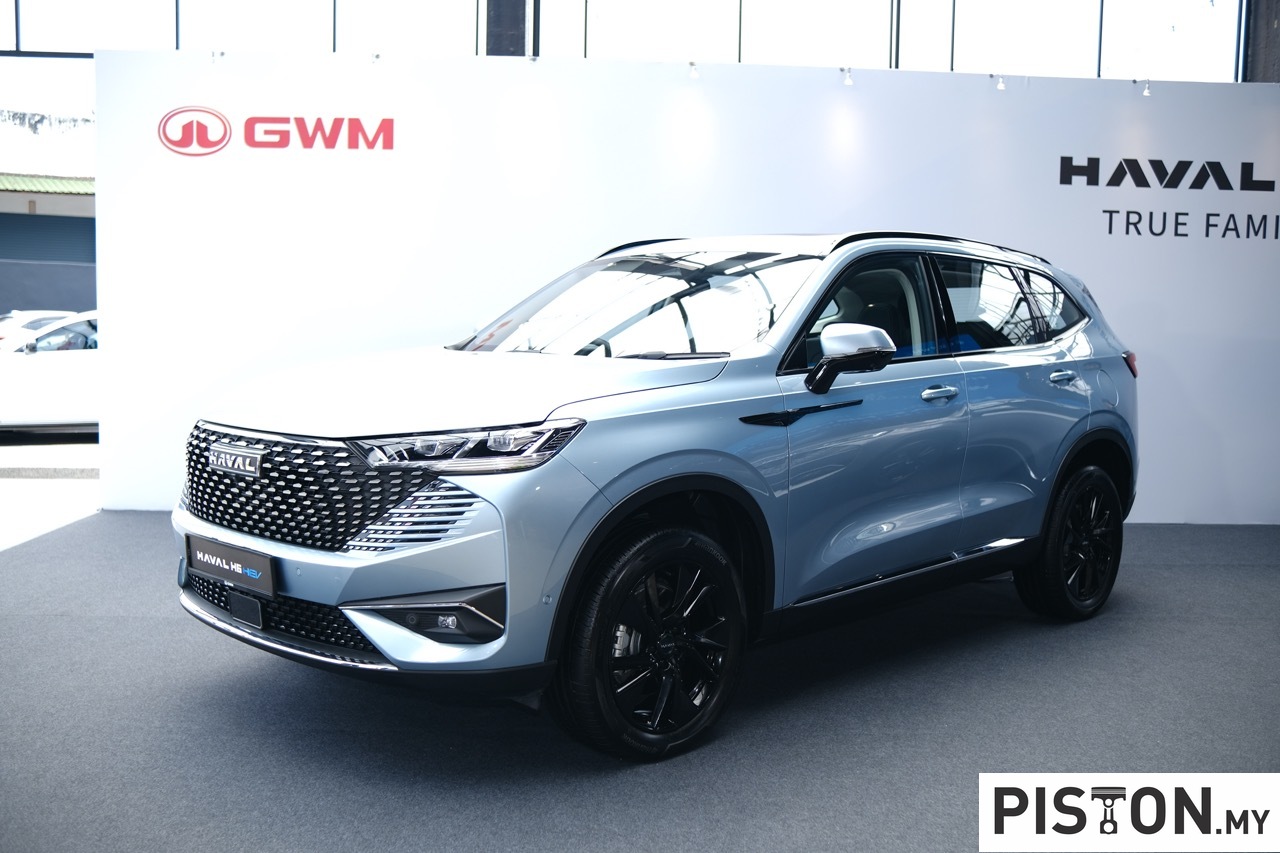Electric SUVs have rapidly become a cornerstone of the automotive industry’s shift toward sustainable mobility. Combining the practicality and versatility of traditional SUVs with the eco-friendly benefits of electric powertrains, these vehicles offer a compelling option for modern drivers.
With advancements in battery technology, enhanced driving ranges, and innovative features, electric SUVs blend performance, comfort, and environmental responsibility.
The EV market in Malaysia is mostly dominated by big and popular Chinese brands such as Chery, BYD, GWM and more. However, there are a few underrated brands that people seem not to notice. One of them is Leapmotor.
Leapmotor, established in 2015 in Hangzhou, China, is a rapidly growing EV manufacturer focused on delivering innovative and accessible electric mobility solutions. The company was founded with a vision to create smart, high-quality, and affordable EVs that cater to diverse market needs. Leapmotor specialises in the design and production of electric cars and emphasises integrating cutting-edge technologies such as intelligent driving systems, advanced connectivity, and efficient powertrains.
The brand’s lineup includes a range of EVs from compact cars to SUVs, targeting urban commuters and families alike. Leapmotor’s proprietary technologies, such as in-house developed batteries and smart cockpit systems, position it as a serious contender in the competitive EV market. The company has also embraced sustainability, striving to reduce carbon emissions across its production and product lifecycles.
This writer is not particularly interested in EVs, but as the saying goes “you never know unless you try” has played a major role in my life. So I was given the opportunity by Stellantis, the parent company of Leapmotor, to try out their electric SUV, the Leapmotor C10.
Mature Looks
When you first look at the C10, you will notice that it does not look like any of the other Chinese brands. The C10 looks simple and mature. No sophisticated bumpers or weird designs, no unnecessary parts that make it look cheap, just simple and elegant.
It features fog lamps, LED daytime running lights, dual rear fog lamps and not to mention the rear illuminating lightbar which I am a fan of. Some even say there are hints of a Porsche Macan around the rear.
The C10 rides on 20-inch Trident aluminium wheels which suit the whole aesthetics of the car and give it a sportier look with 245/45 Dunlop e.Sport Maxx tyres.
Spacious and Comfortable Interior
Step inside and you will see what we mean by comfort and space. This writer has a big build, so interior space is crucial when testing cars. Despite how big they look from the outside, we have sat in SUVs that are not that spacious. However, I can confidently say that the C10 is big people friendly.
The driver’s and front passenger seating is spacious with ample amount of leg room and for the rear passengers, you could fit at least three regular “nasi kandar, tambah nasi” eaters.
Comfort is omnipresent throughout the SUV from soft-touch instrument panels to leather front and rear armrests, heated and ventilated front seats and the rear seats can be adjusted, which is what allowed me to sleep like a baby during our long drive to Pahang.
To enhance this in-car experience, the C10 comes equipped with rhythmic ambient lighting, wireless charging, 12 high-quality speakers and a 14.6-inch control touch screen.
The Big Screen
Now, every car has its flaws and one common flaw in most cars nowadays is the lack of physical buttons and controls for simple things such as adjusting the air-conditioning. Everything is controlled via the big infotainment screen that you get at the centre. Yes, it’s futuristic and very modern but it is also a hassle at the same time.
The C10 comes with concealed air vents, which means you will not be able to adjust the vents by adjusting them using a traditional knob. You will have to go through the centre screen to do so. This can be fairly frustrating for the driver because you have to take your eyes off the road.
Many other functions can be accessed through the screen as well, but we did not have enough time to learn the car and mess around with all the other settings. This is a learning curve and there are plenty of “oh it does that” moments, so be prepared to spend a couple of days, or weeks to get to know the intricacies of the car.
Another flaw of the C10 is that it does not come equipped with Android Auto and Apple CarPlay. Yes, you read that right. So for navigation, you have to use the in-built one and it also comes with a Spotify application. To use this, you will need internet access which can be done if you purchase a sim card or use your mobile hotspot.
Maserati-Tuned
Tyres play a huge role when it comes to a vehicle’s handling performance but many people overlook the fact that the driving dynamics of the car play a major role too. So how did the C10 perform? We were actually surprised at how well the grip and handling were. We tackled the hills of Genting with no issues whatsoever. This is possible because the driving dynamics have been tuned and optimised by Maserati.
It simply did not feel like we were in an SUV. It was agile and smooth, and we could barely feel the turns because of how well the SUV manoeuvred. Given the fact that this is a family SUV, it was not built for speed so this rear-wheel-drive SUV can do 0-100km/h in 7.5 seconds and the top speed is around 173km/h. The best part is that even at this speed, the cabin is quiet because of how good the NVH levels are.
The 69.9kWh Lithium-Iron Phosphate (LFP) battery offers a range of up to 424km (WLTP), and the C10 can charge from 30% to 80% in just 30 minutes using a DC fast charging. The single motor configuration produces 218PS and 320Nm of torque which is more than enough to drive this 1,980kg SUV.
We found the power to weight to be balanced, because of how our fellow Malaysians drive and ride, we had to do some quick manoeuvres to avoid hitting them and the steering response was sharp enough to pull off these quick stunts without losing control.
What is that beeping sound?
Safety systems are a crucial part of a vehicle and the question people ask nowadays is “Got ADAS ah?”
Well, safety is paramount in the Leapmotor C10, which comes equipped with a comprehensive suite of seven airbags and Level 2 ADAS (Leap Pilot). This includes Adaptive Cruise Control, Lane Centering Control, Autonomous Emergency Braking, and many other advanced driver assistance features that are too long to be listed here.
The thing is, there are too many functions for us to remember so we had to learn them on the go. Every now and then there will be a different beeping sound and we will be like “That one is new, what is that beeping sound?” So we experimented with most of the functions and decided to turn some off because of how sensitive they were. In order to turn certain safety features off, you will need to put the car in park, otherwise, the system will not allow you to do so.
We were even shown a demonstration of how effective the Autonomous Emergency Braking is and we can safely say that it is one of the best ones out there.
Is this the SUV for you?
If you are a fan of EVs then yes. With everything the car offers, it is only priced at RM159,000! That pricing and how much the SUV has to offer is considered a steal. Stellantis told us that they want to offer a D-segment SUV with a C-segment price so that people can afford luxury, comfort, space and performance all in one. We can say that the C10 delivered what it was designed for.
The Leapmotor C10 is available in four colours: Glazed Green, Pearly White, Canopy Grey, and Tundra Grey. Interior options include Criollo Brown (exclusive to Glazed Green) and Midnight Aurora.
It comes with a six-year or 150,000km warranty, and an eight-year or 160,00 km Battery warranty, whichever comes first.
Specifications
Motor: Single-electric motor
Power: 218PS
Torque: 320Nm
Acceleration (0-100km/h): 7.5 seconds
Top speed: 173km/h
Price (As tested): RM159,000
We like: Mature looks, spacious interior and handling
We don’t like: No Android Auto and Apple CarPlay




